Growing up in the Western U.S., I’ve never been drawn to the South, but it only took 3 days to fall in love with Charleston (post here) and Savannah? Well…stalker-like infatuation is not too strong a statement!
Like Charleston, Savannah has a complex history, spectacular architecture, and genteel southern charm, but there’s something really different about Savannah. Its beauty is haunting, eerie. It’s the perfect mix of sinister and sweet and is said to be the most haunted city in the U.S.
OVERNIGHT RVING IN SAVANNAH
We’d arranged to stay in the RV for several nights in the Convention Center parking lot only to find when we arrived that the Convention Center was undergoing major construction! They still managed to provide a place for us to park and luckily, because it was Thanksgiving weekend, all of the construction stopped by Wednesday evening and didn’t resume until Monday morning. Poor Bailey put up with a lot of noise on Wednesday while we were in town and during the rest of our stay, we all had to deal with a rather large industrial water pump that was running 24-7 at the edge of the parking area.
What was great about our construction intensive Convention Center camping spot was its location right across the Savannah river from historic downtown Savannah. The Convention Center and adjacent Marriott hotel are also serviced by a free ferry that runs between the Convention Center and historic downtown. So, in addition to free transportation, we also had great views of the Talmadge Memorial Bridge and Savannah’s riverfront.
DAY 1 – HISTORIC DOWNTOWN
We signed up for a walking tour of historic Savannah with “Free Savannah Tours” This was a great way to learn some history and see several of the main squares (small parks) that the city was built around.
Savannah, the first colony in Georgia, was established in 1732 by England’s James Edward Oglethorpe, who also planned the layout of the city consisting of 24 squares (small parks), each surrounded by homes, shops, etc to create a ward. There were also a few unusual English charter rules for the colony outlawing the practices of Catholicism or Judaism, rum, lawyers, and slavery, but it wasn’t long before all of that changed!
After the revolutionary war, Savannah thrived due to the rice, cotton and slave trades. The city survived two devastating city-wide fires (one in 1796 and one in 1820), an 1820 yellow fever outbreak that killed 10% of its population, and General Sherman’s scorched earth policy as he marched troops across southern cities in his infamous “March to the Sea” in 1864 during the Civil War. Savannah town fathers somehow persuaded Sherman to spare the town due to its beauty and charm.
Economically, Savannah, like most southern areas, was devastated in the aftermath of the Civil War, but soon found new trade. By as early as 1950, the Historic Savannah Foundation began work to preserve its historical buildings.
Fast forward to today and 22 of the 24 wards still exist, and there are plenty of Catholic churches, synagogues, and lawyers in Savannah. Additionally, alcohol is allowed in to-go cups! Over 50 million visitors overwhelm the less than 200,000 residents of Savannah each year and many movies are filmed in this location . It’s not surprising, as its beauty is rivaled only by its hospitality.
We saw many of the squares (small parks with statues or monuments in the middle of them), during the walking tour, including
- Chippewa Square where Forest Gump famously sat with his box of chocolates regaling his unusual life.
- The Mercer Williams House in Monterey Square. Home of Jim Williams an antique dealer and socialite tried and acquitted 4 times for the 1981 murder of his employee and lover, Danny Hansford. The real-life events are the plot for “Midnight in the Garden of Good and Evil” (book by John Berendt and movie starring John Cusack and Kevin Spacey, directed by Clint Eastwood), which is definitely worth checking out (even re-watching or re-reading). The book’s eccentric characters based on real life people in Savannah, ties to voodoo which has a deep history in the area, and exposure to Savannah’s dark side beneath its genteel surface all centered around a truth-is-stranger-than-fiction story made it a huge hit. In fact, this 216-week bestseller kickstarted mainstream tourism in Savannah.
- Wright Square with its tribute statue that was built over the burial site of Tomo-Chi-Chi, a leader of the Creek Nation, who collaborated with Oglethorpe, enabling the colony to succeed. A stone off to the side now commemorates the Creek leader.
- Madison Square that immortalizes Sergeant William Jasper, a local revolutionary war hero.
- Forsyth Park famous for its iconic fountain. It’s one of the most photographed places in Savannah. Although old (erected in 1858), this fountain was originally ordered from a catalog and very similar designs can be found in New York, Peru and France.
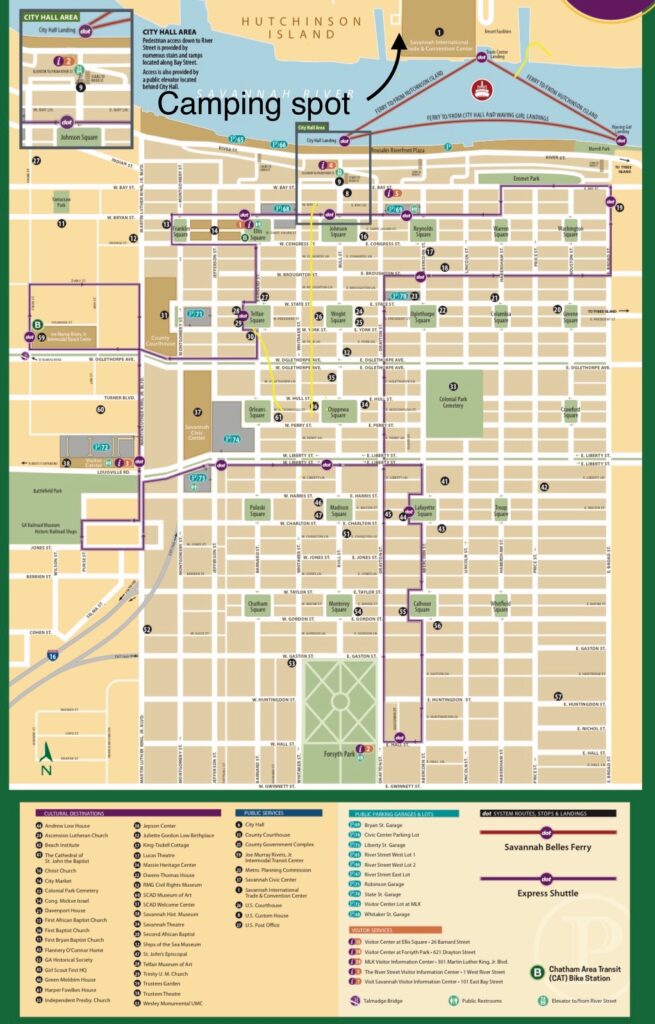

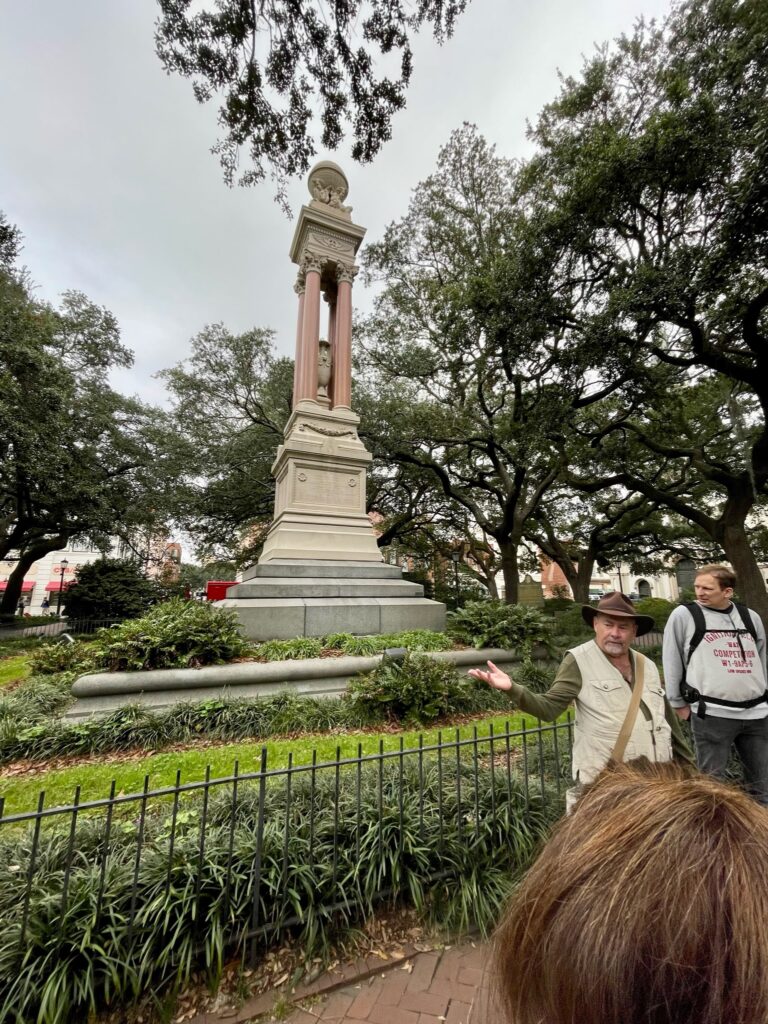
Wright Square 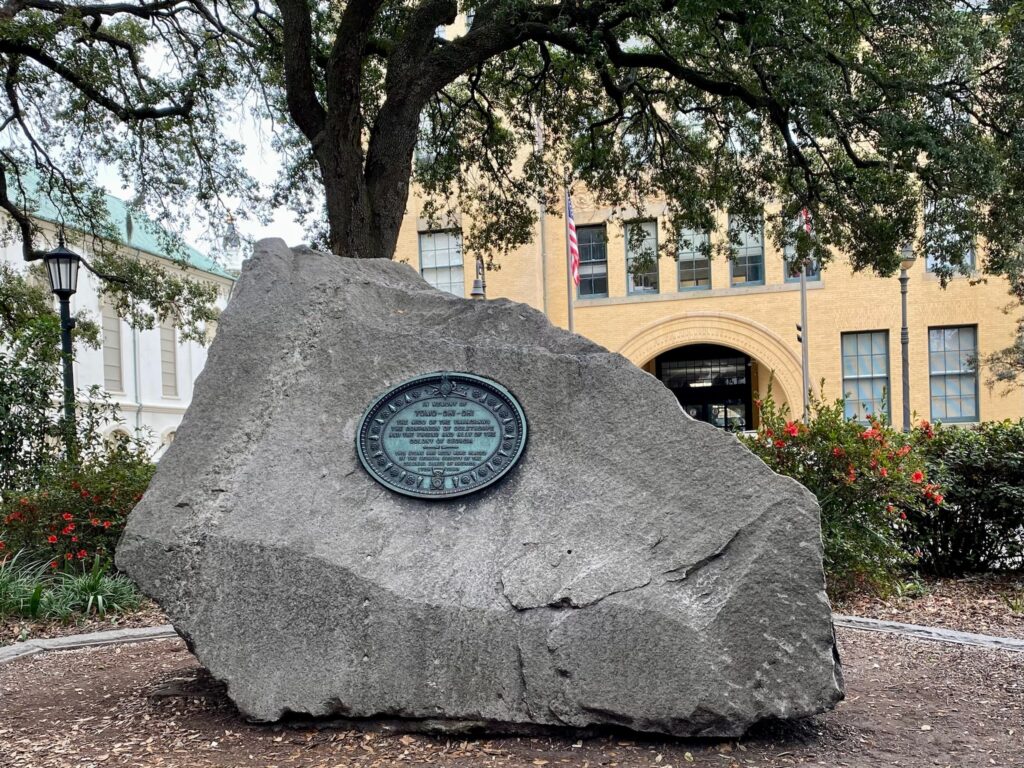
Tomo-Chi-Chi Monument
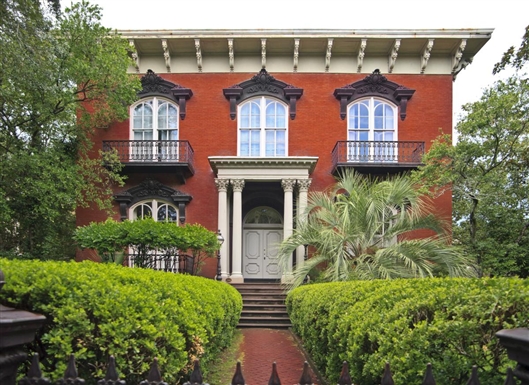
Mercer Williams House
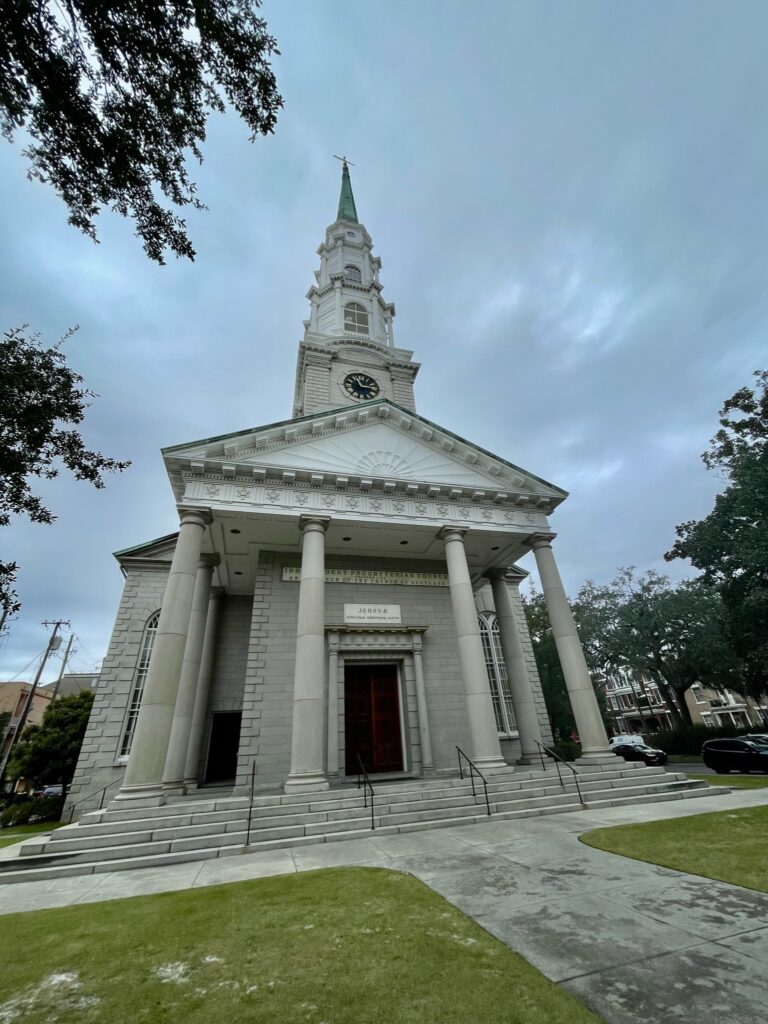
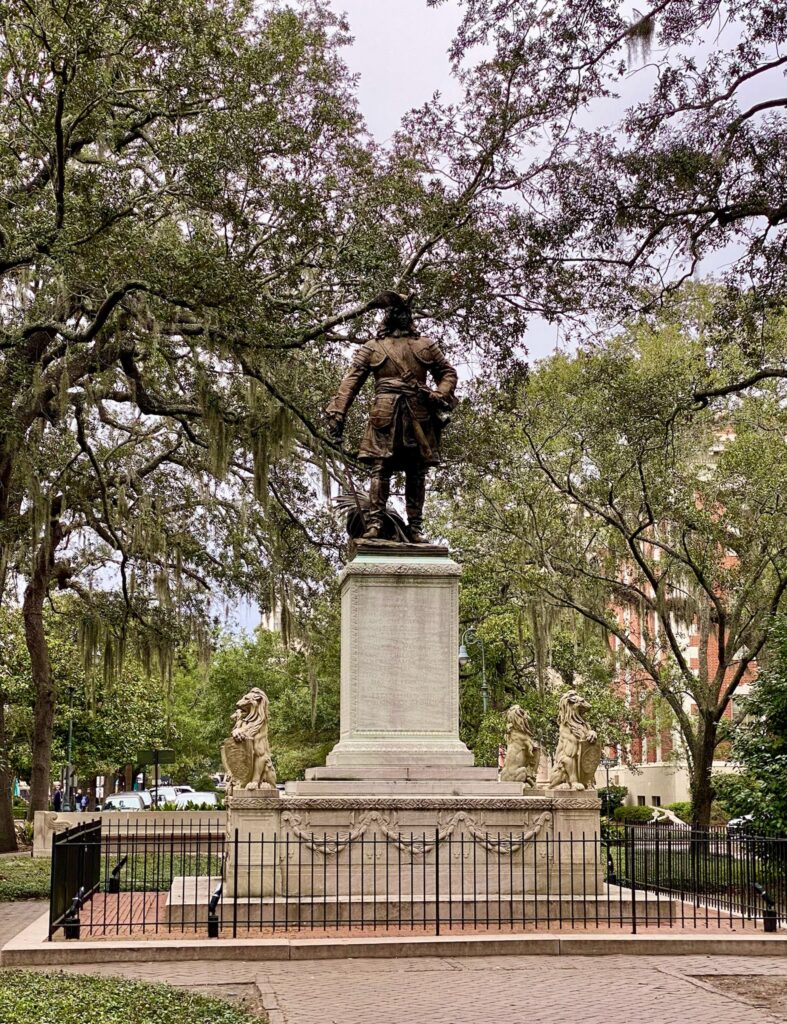
Madison Square 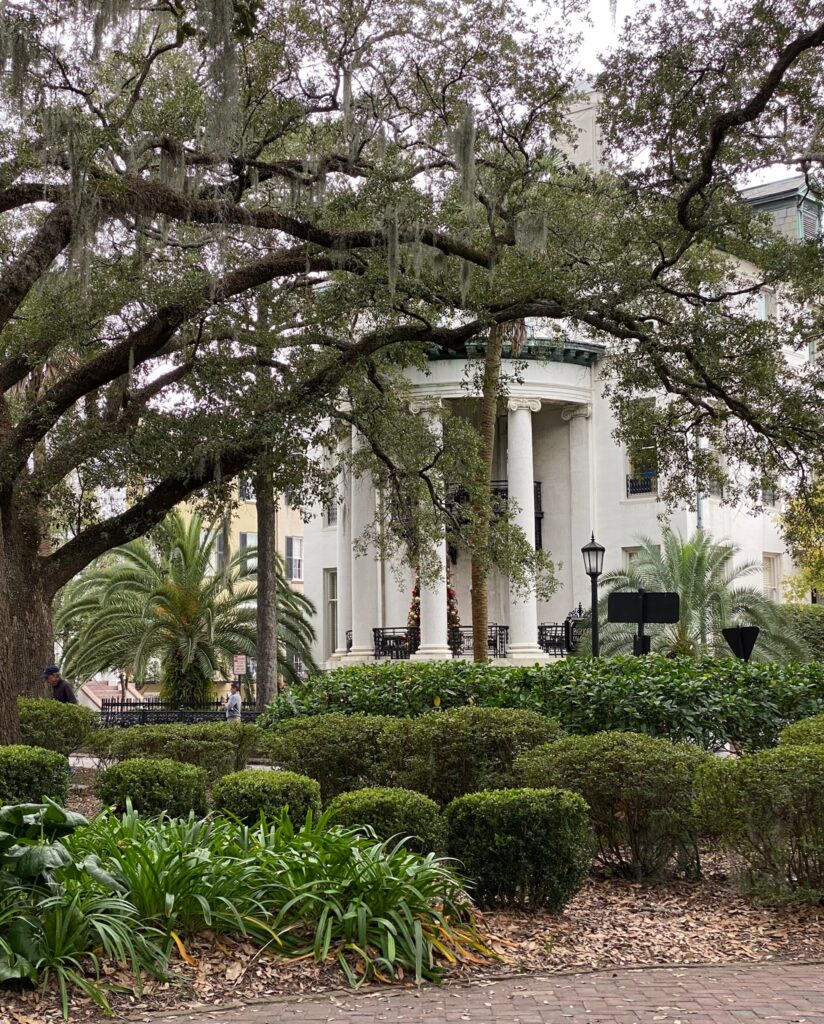
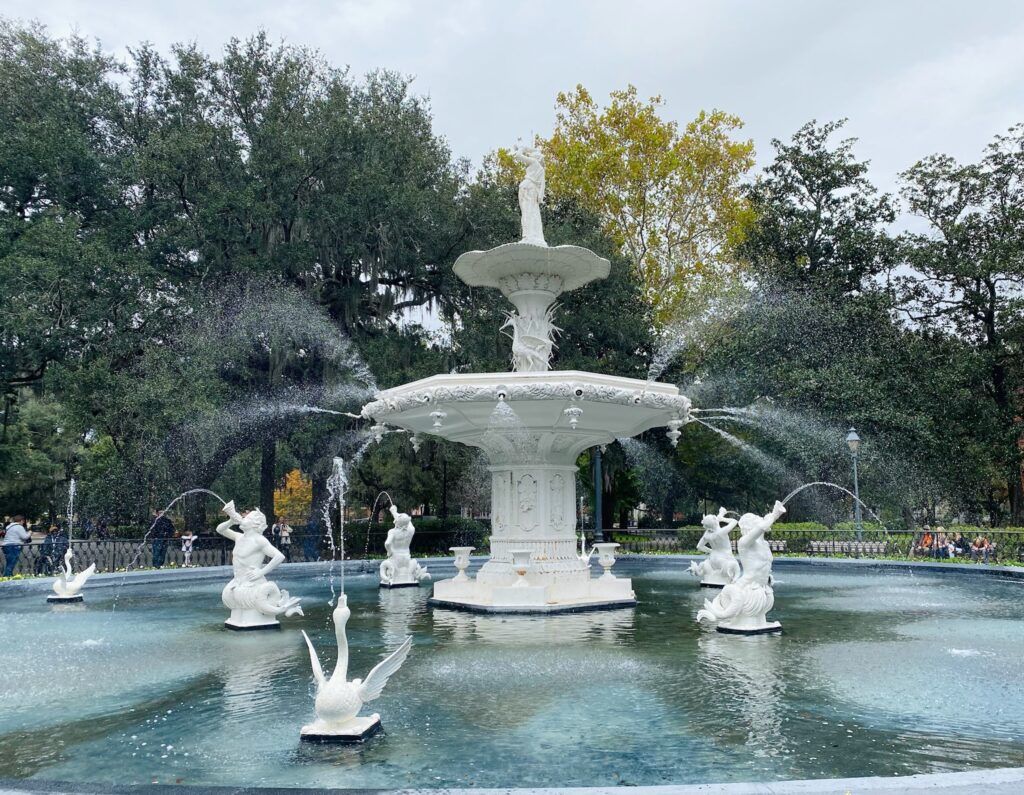
Forsyth Park
Our guide pointed out interesting architectural features: the Andrew Low House which was the birthplace of the Girl Scouts, a Moorish building that once held a car dealership, and the Armstong Kessler Mansion, owned by a luxury hotelier Richard C. Kessler.
When asked about hauntings in Savannah, our guide indicated that as Savannah grew and expanded south, the residents did little to rebury the dead who, once on the outskirts, were now simply paved over with cobblestone. Yes, the undead are quite alive in Savannah. There are tales of unsettled Native Americans, pirates and scallywags, slaves, and war-battered men as well as scorned women, diseased children, and murdered sisters who knock about in these beautiful mansions, hotels and pubs. We did not take any ghost tours (maybe next time) but there are plenty to be had, including one particularly creepy concept where you are driven to the tour sites in a hearse.
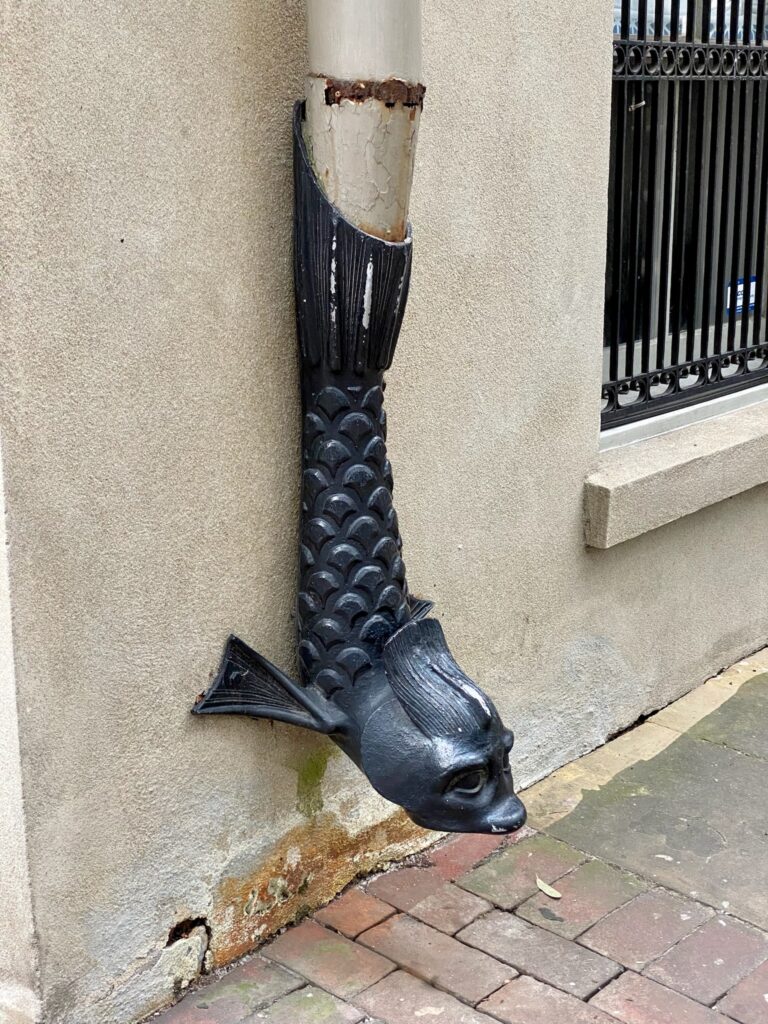
Home Water Spout 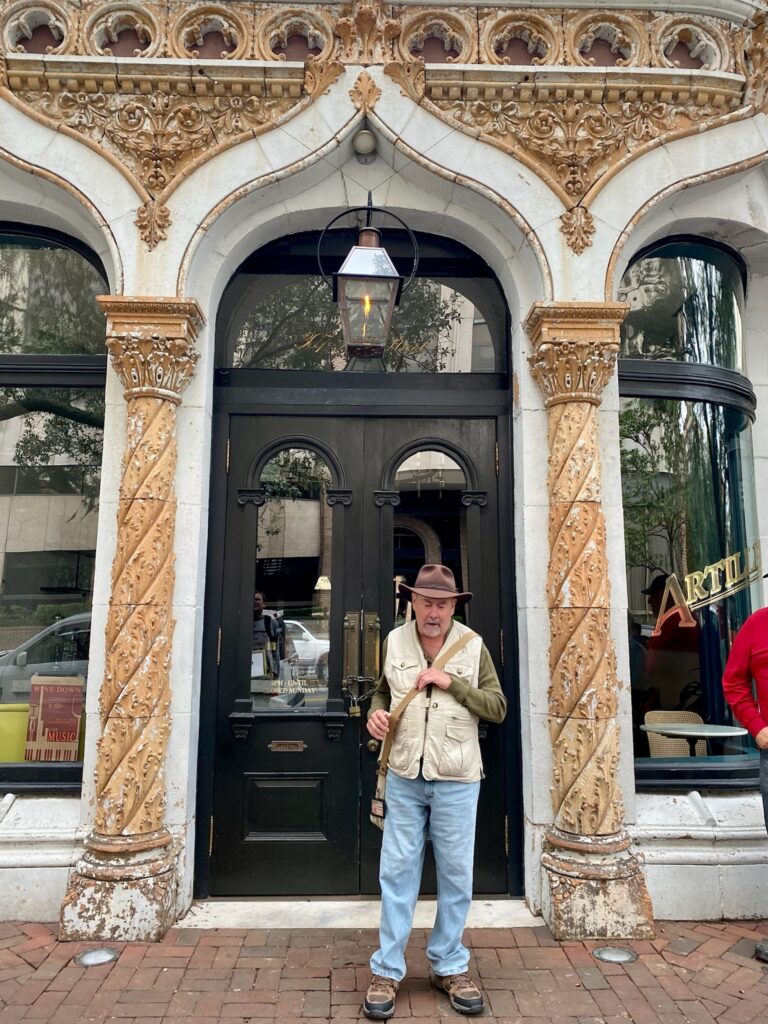
Moorish Style 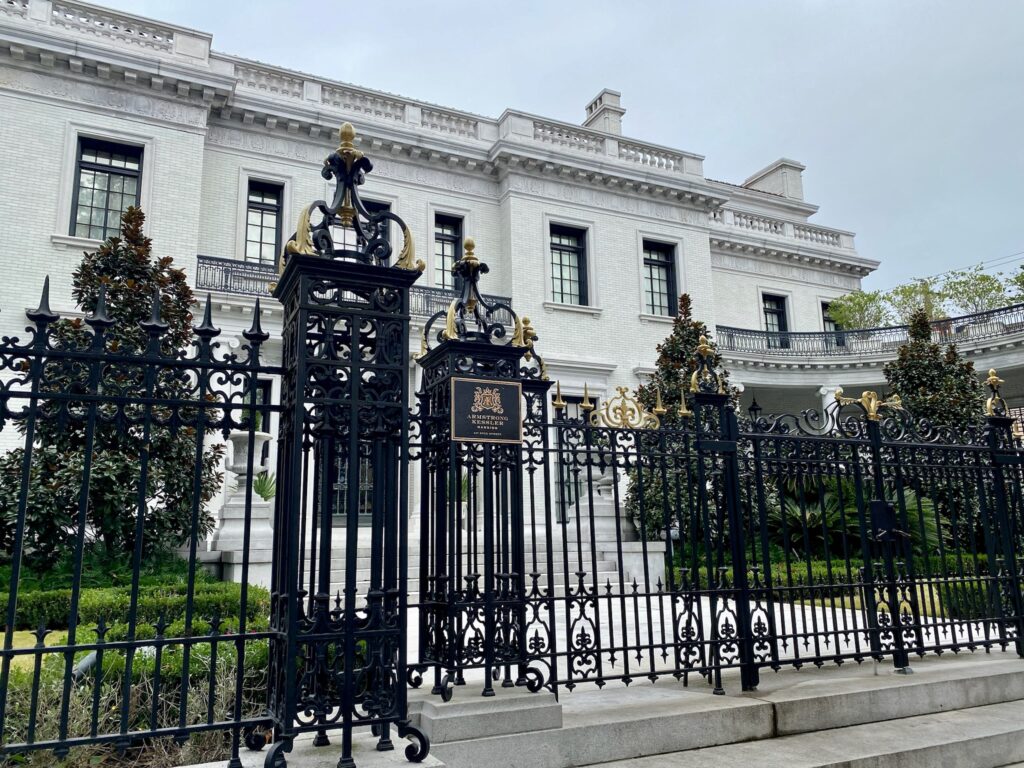
Armstrong Kessler Mansion
After the tour, we ate a picnic lunch at Forsyth Park. Rejuvenated, we bounced around historic downtown streets like pinballs in the hands of a wizard. We found many of the other squares and admired the homes. Jones Street lived up to its expectations as arguably one of the prettiest streets in America. Its pristine mansions peep out from the veils of Spanish moss that drape the large hanging oak branches. The moss’s stringy nature is like thick tinsel on a Christmas tree and adds to the mystery. The downside of this moss is that it makes photographing this beautiful city really difficult.
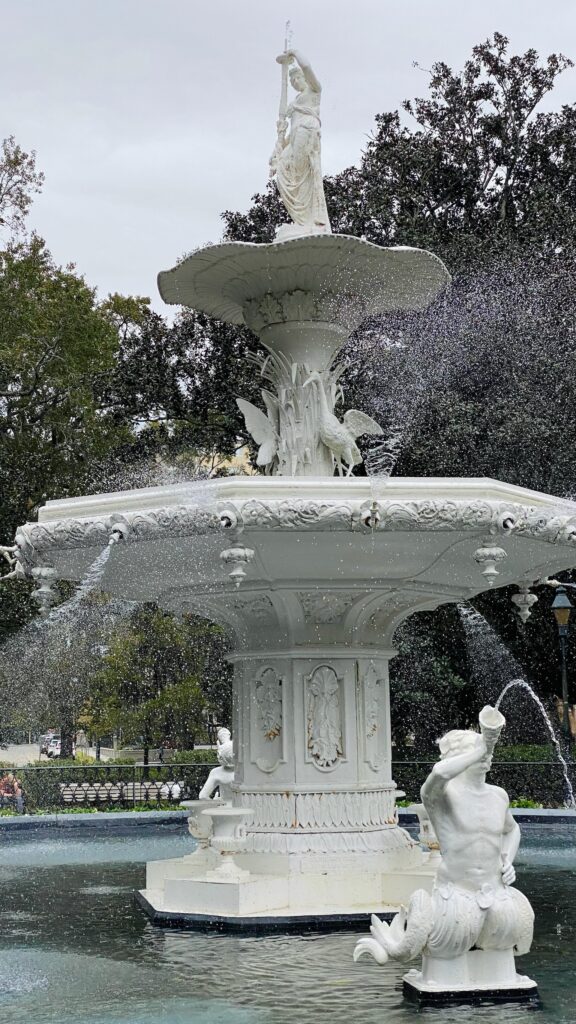
Forsyth Park
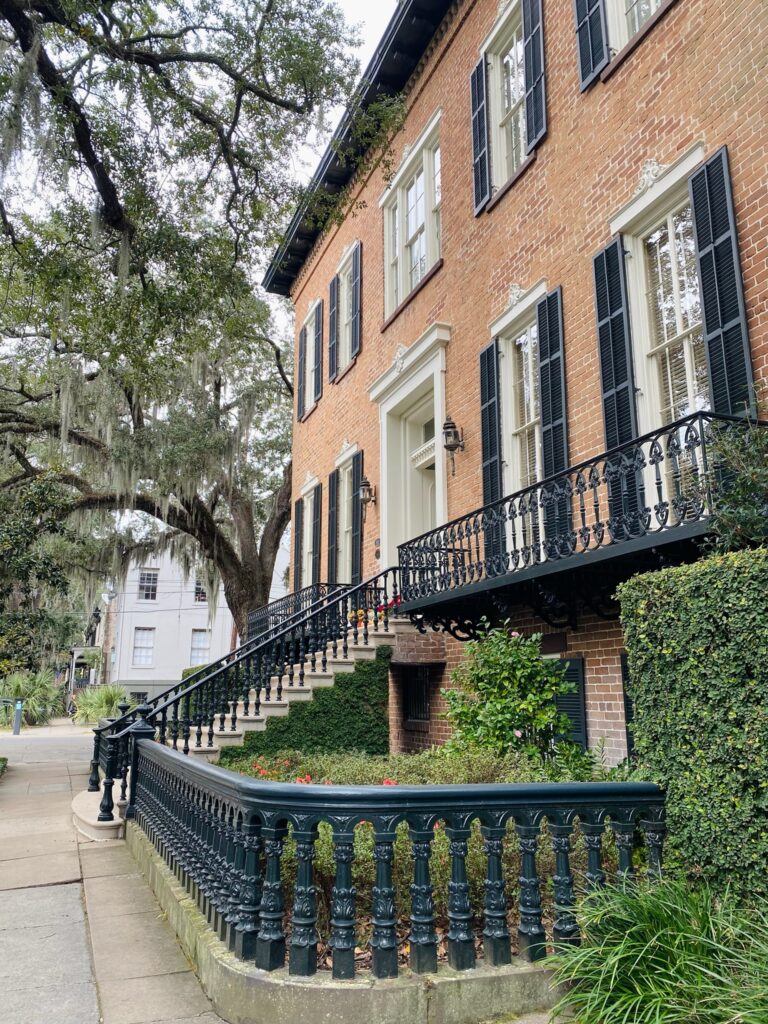
Around Town 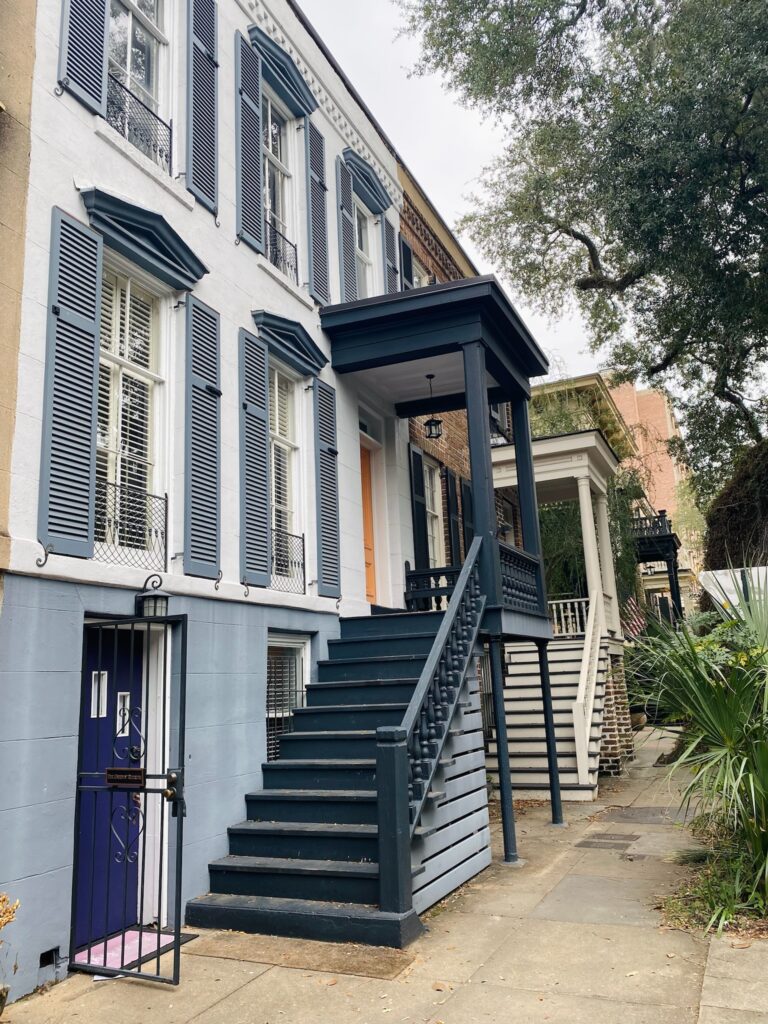
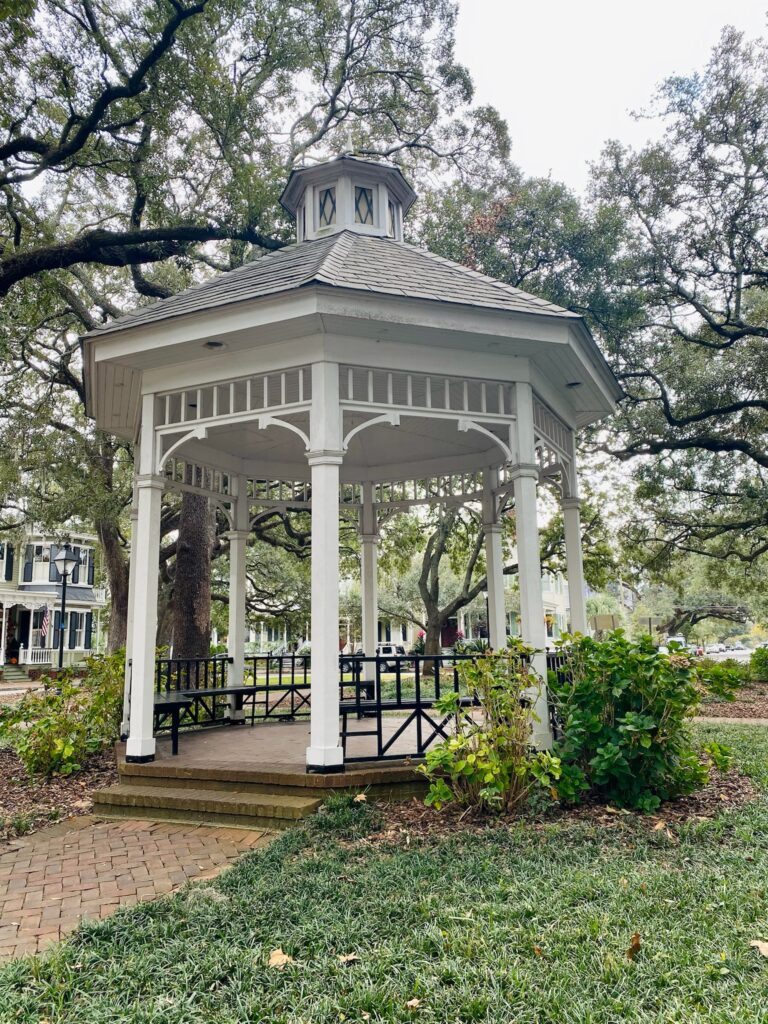
We worked our way to Lafayette Square and the towering Basilica of St. John the Baptist. Its breathtaking Gothic towers are enough to lure you in, whether religious or not. While the original church was constructed in the late 1700s, this version was constructed at the end of the 19th century.
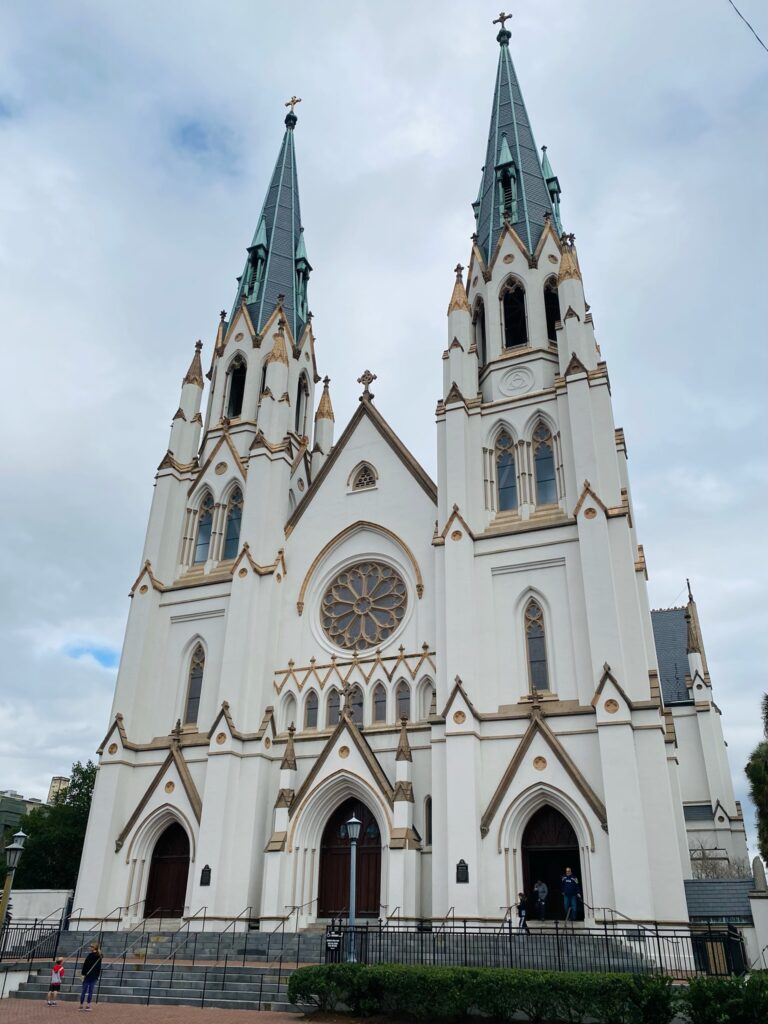
Basilica of St. John the Baptist
We passed the Colonial Park Cemetery which dates back to 1750 and is said to hold a mass grave for the yellow fever victims of 1820.
By the time we arrived at River Street and caught the free ferry back across to the Convention Center, we were exhausted, but happy with the day and glad to take a break at “camp construction”.
DAY 2 – A VISIT TO THE CEMETERY
Bonaventure Cemetery is a traditional Victorian Cemetery with a labyrinthine maze of old oaks and Gothic style headstones. Visiting is less cemetery-like and more like touring a sprawling sculpture garden.
There were so many interesting Confederate soldier plots, family plots, and statues. The Bird Girl Statue made famous in the movie “Midnight in the Garden of Good and Evil” has been moved to Jepson Center for the Arts. The popular site of little Gracie Watson is still in Bonaventure. It is said that her father owned a big hotel in town, but when 6 years old Gracie contracted pneumonia and died, her grief-stricken parents moved away, and her spirit still wanders Savannah in search of them.
There is at least one monument equipped with an above-ground bell whose string is routed to the coffin of the buried individual. Someone was worried about being buried alive! We also found some interesting inscriptions like the one on Martha Q.E. Kirksey’s tombstone.
If we’re in Savannah again, we’d probably take one of the many Bonaventure Cemetery tours as the area is very large and I’m sure the stories behind some of the plots would make it even more interesting.
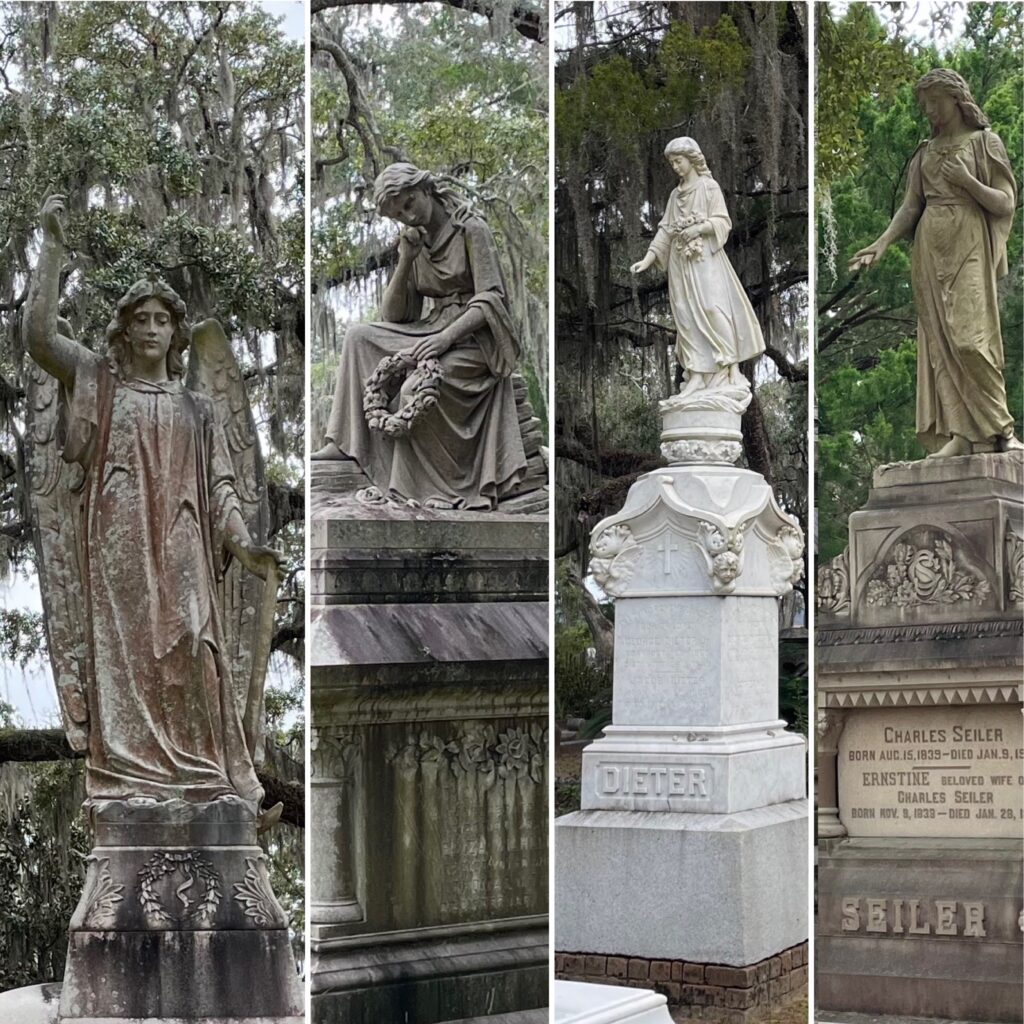
Bonaventure 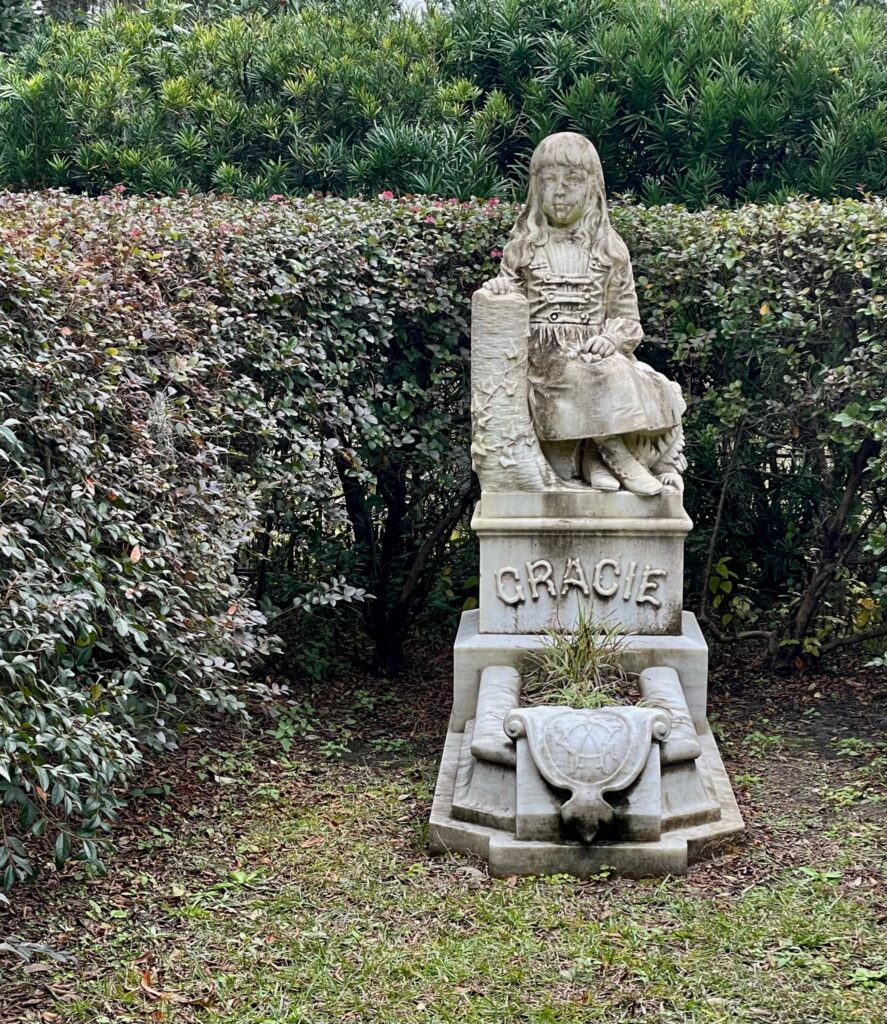
We waited a bit too long to make Thanksgiving Day dinner reservations, so there was very little availability when we did book. I must admit, I was more than a little nervous about our Thanksgiving buffet reservations at a restaurant called “The Pirates’ House”, which doesn’t sound very Thanksgivingy!
When Oglethorpe planned out Savannah he had a garden built just one block from the river in order to determine what would grow best in their newly settled location. An Herb House was erected next to the garden in 1734 and it is said to be the oldest house in Georgia. There were additions to the Herb House and by 1753 it became an inn and tavern where visiting sailors and pirates would rendezvous. Some say there are multiple tunnels below the building that led to the wharfs on the riverfront and that unsuspecting men were taken to pirate ships in need of crew members. A visit to this inn is also said to have inspired Robert Louis Stevenson to write his famous book, “Treasure Island”, and he mentions it in the book several times.
The all-you-can-eat Thanksgiving buffet was enormous! Charcutier, fruit, yogurt, 3 different green salads, 4-5 types of breads and spreads, artichoke dip and two others, cole slaw, and pasta salad for appetizers. For dinner, carved turkey, ham, roast beef, smoked salmon, fried chicken, shrimp and grits, Mahi-Mahi wellington and sides of macaroni and cheese, sweet potatoes, mashed potatoes, collard greens, oyster stuffing, regular stuffing, green beans, corn, pasta with meat sauce, yellow corn spoonbread, roasted butternut squash, paella, and shrimp. For dessert, pumpkin pie, chocolate peanut bars, banana pudding, apple cobbler, 3 types of homemade cookies, coconut cream pie, gingerbread cake with cream cheese frosting, and min pecan tarts. Add a full bar and you’ve got a button-poppin’ good time! It also worked out that we were even seated within the very small, actual Herb House for dinner.
I recommend eating here when visiting Savannah, even if it’s not for Thanksgiving.
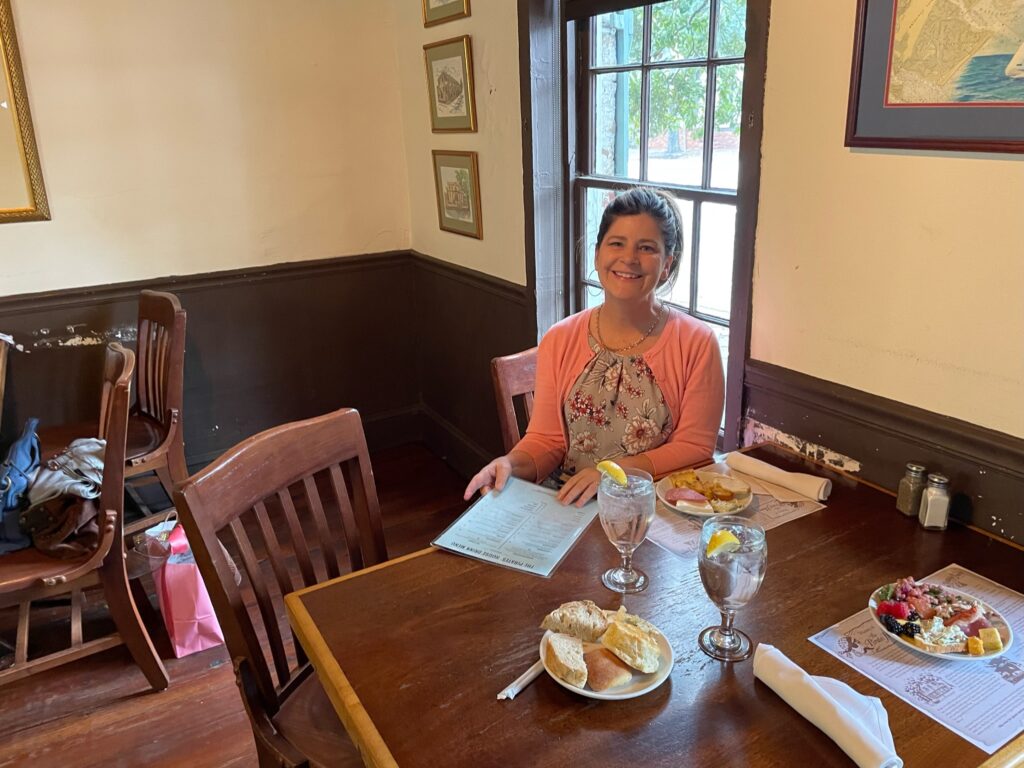
The Pirate’s House 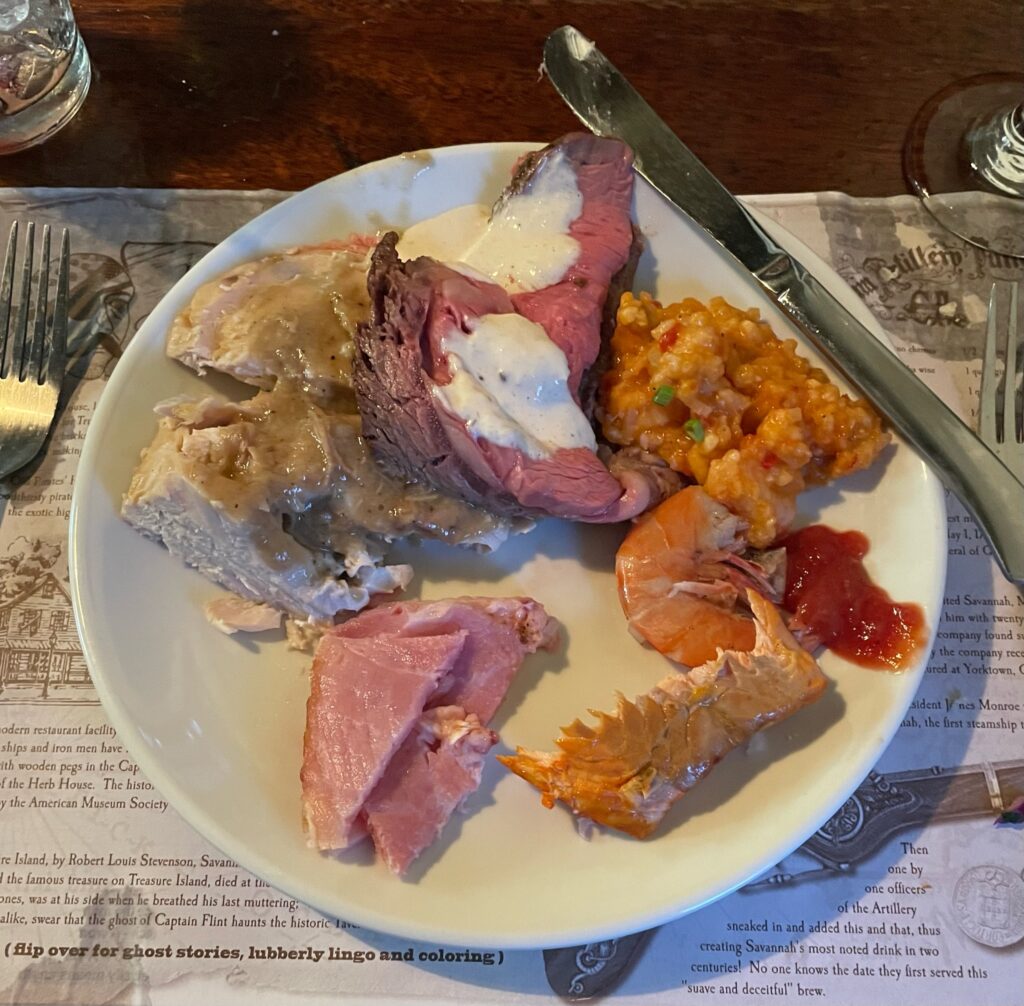
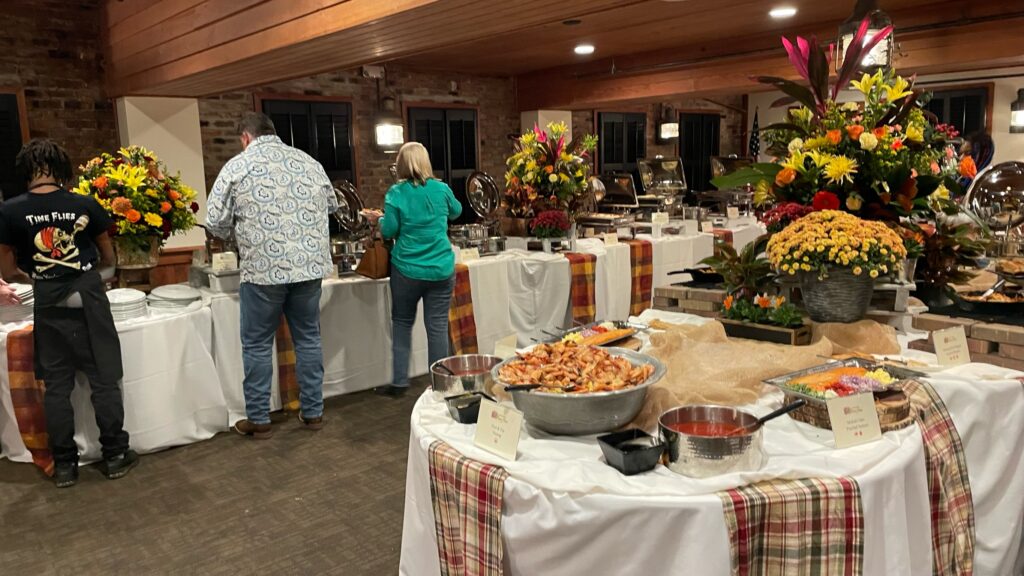
DAY 3 – SOME HOLIDAY CHEER
We could have done some mansion tours, tried out some different coffee shops, restaurants or breweries in town, but we decided instead to do something a little more local and we’d heard that there was an outdoor Christmas tree lighting ceremony scheduled the day after Thanksgiving, which sounded fun and would allow us to see Savannah at night.
We meandered a bit from the ferry to our destination so we could see some areas lit up. We also saw many groups of people on ghost/bar tours.
The JW Marriott Plant River District (developed by Richard Kessler, a Savannah hotel magnate) is extraordinary. It houses ginormous, 4-5 million year old geodes, a replica of one of the largest dinosaurs to have been discovered, fossils, and several art galleries.
Outside the tree-lighting festivities had begun with a local church choir, the full reading of “‘Twas the Night Before Christmas”, the tree lighting, and when the mayor asked if they’d forgotten anything, about a 100 frantic kids were losing their minds as they shouted “Santa” at the stage. It was really fun!
We weren’t ready to head home so we grabbed a drink at one of the most interesting bars I’ve been to. The Baobab Lounge is covered in 300 year-old wood from the original power plant that was converted by Kessler into this unique Marriott property. The taxidermy in the lounge is from Kessler’s personal collection and includes ostriches, gazelles, buffalo, and warthogs There are also African paintings, carvings, and pottery. We didn’t try any food, but the high-priced drinks had complex flavors worth every hard-earned dollar!
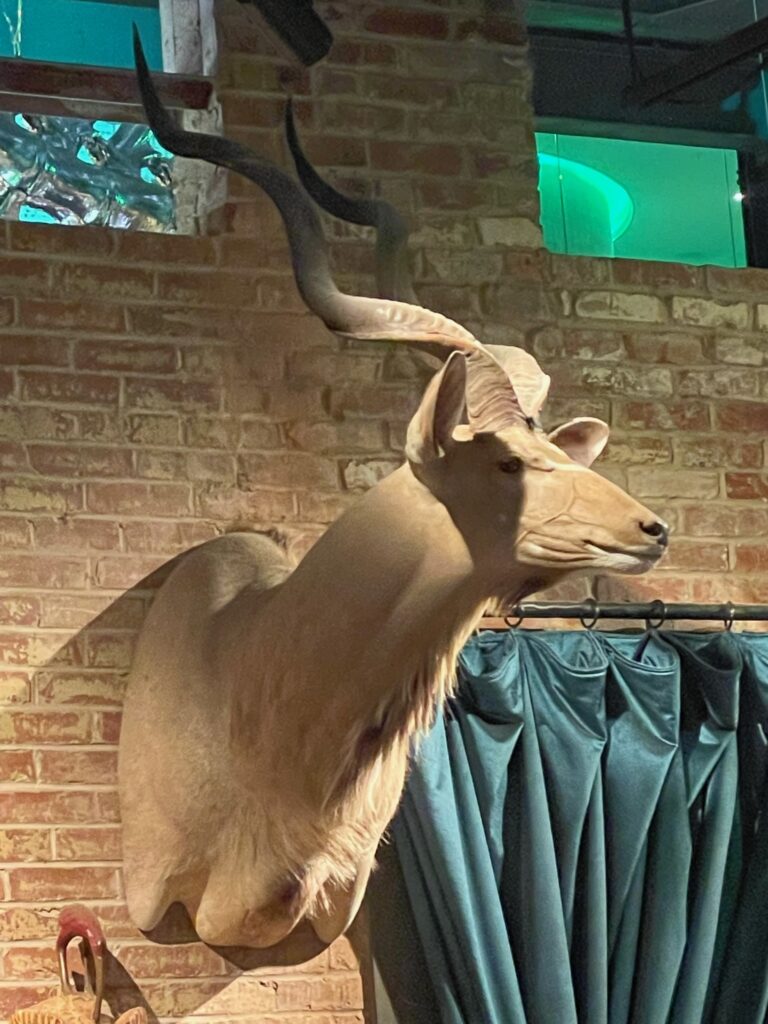
Baobab Lounge 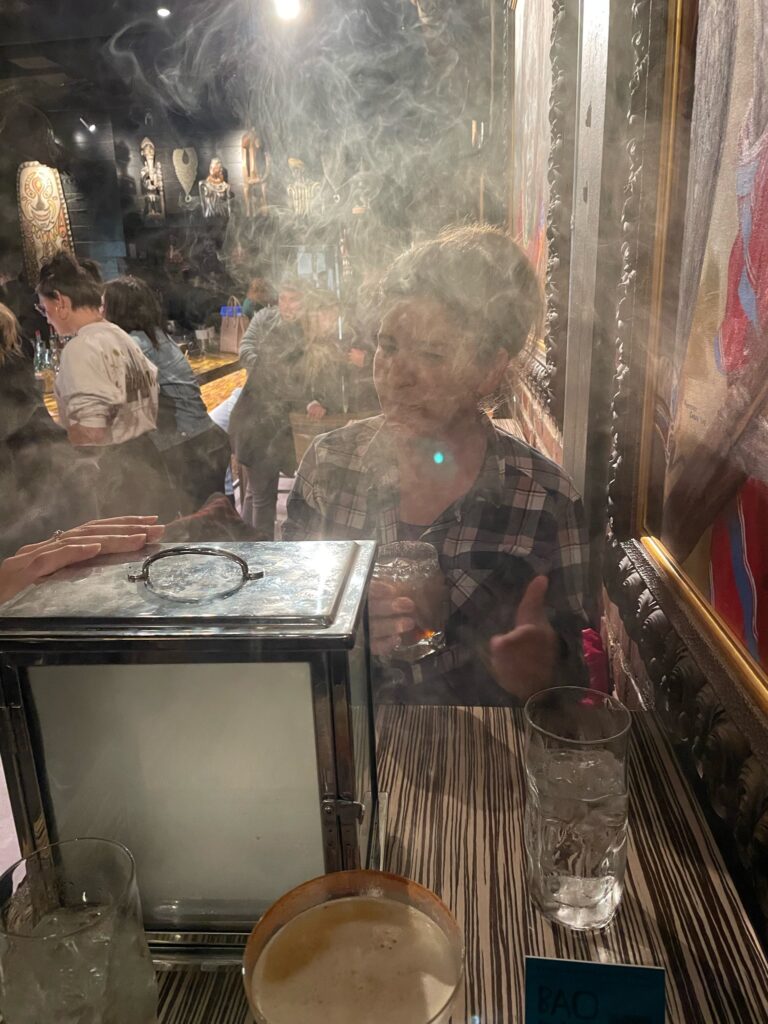
Savannah exceeded all expectations, even usurping Charleston, and it is in my top 5 favorite cities in the U.S. I’ve ended many a blog post noting that you should add the locale to your must do list, but really, if you only ever visit one place in the South, make it Savannah!

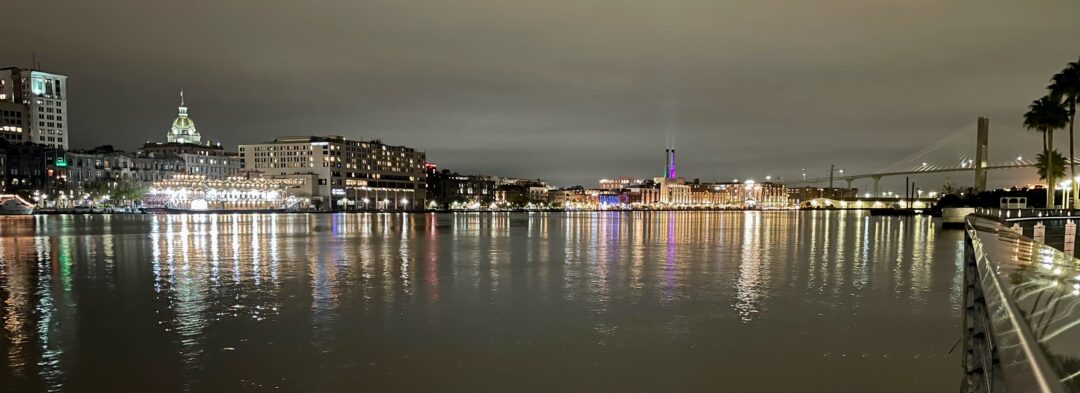
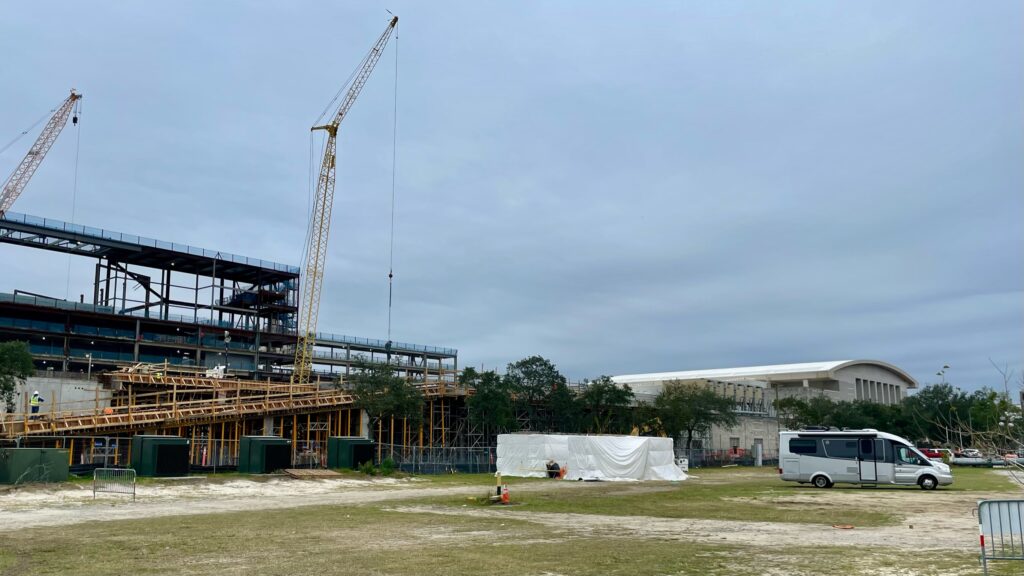
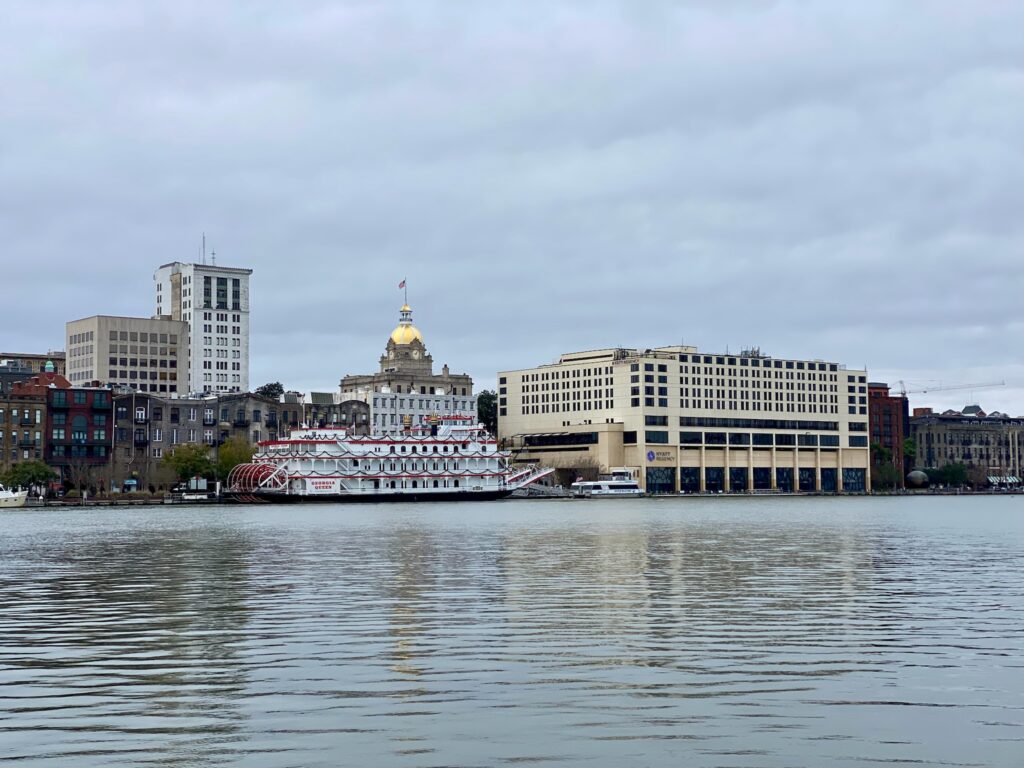
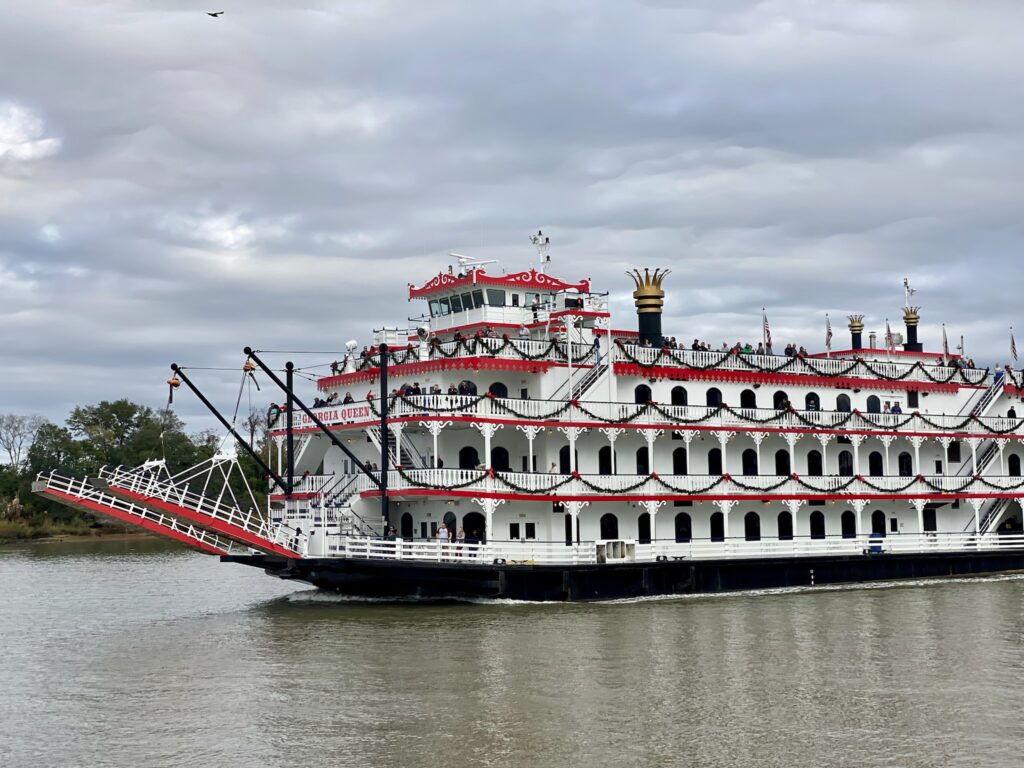
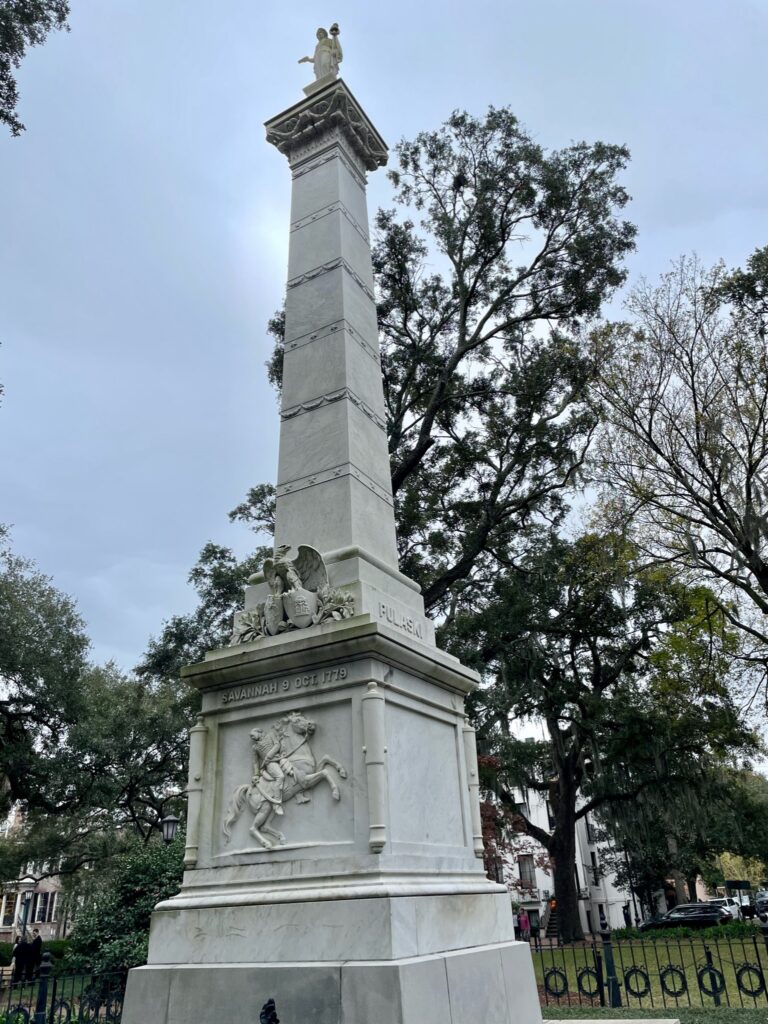
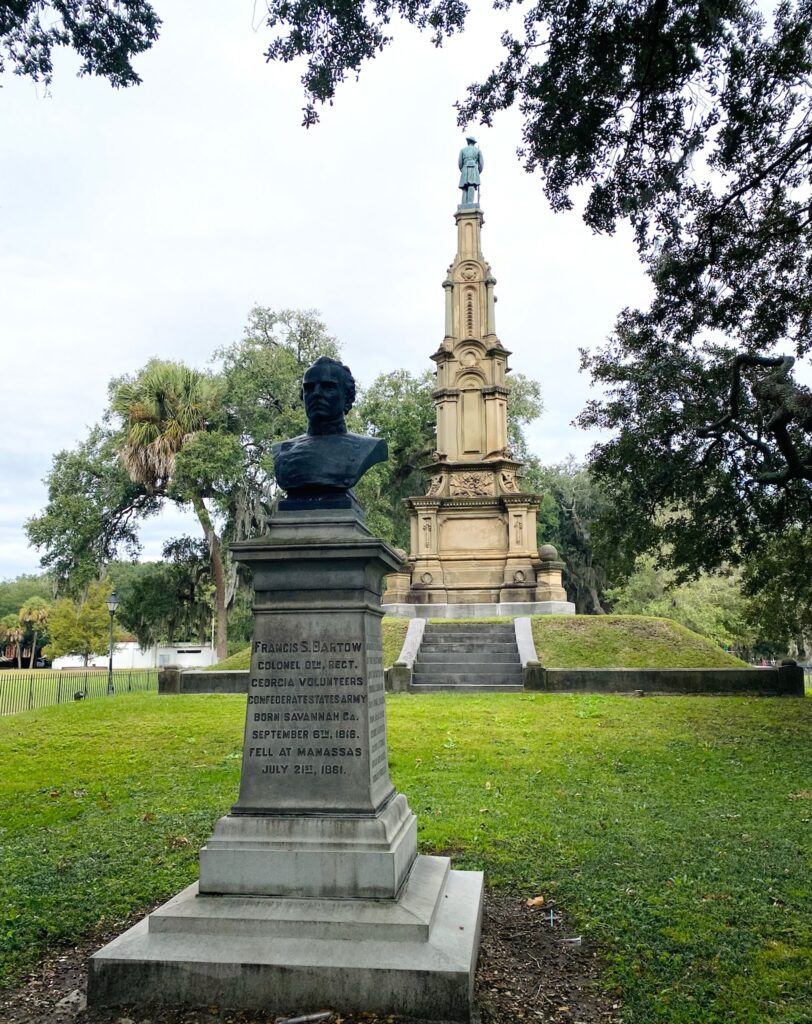
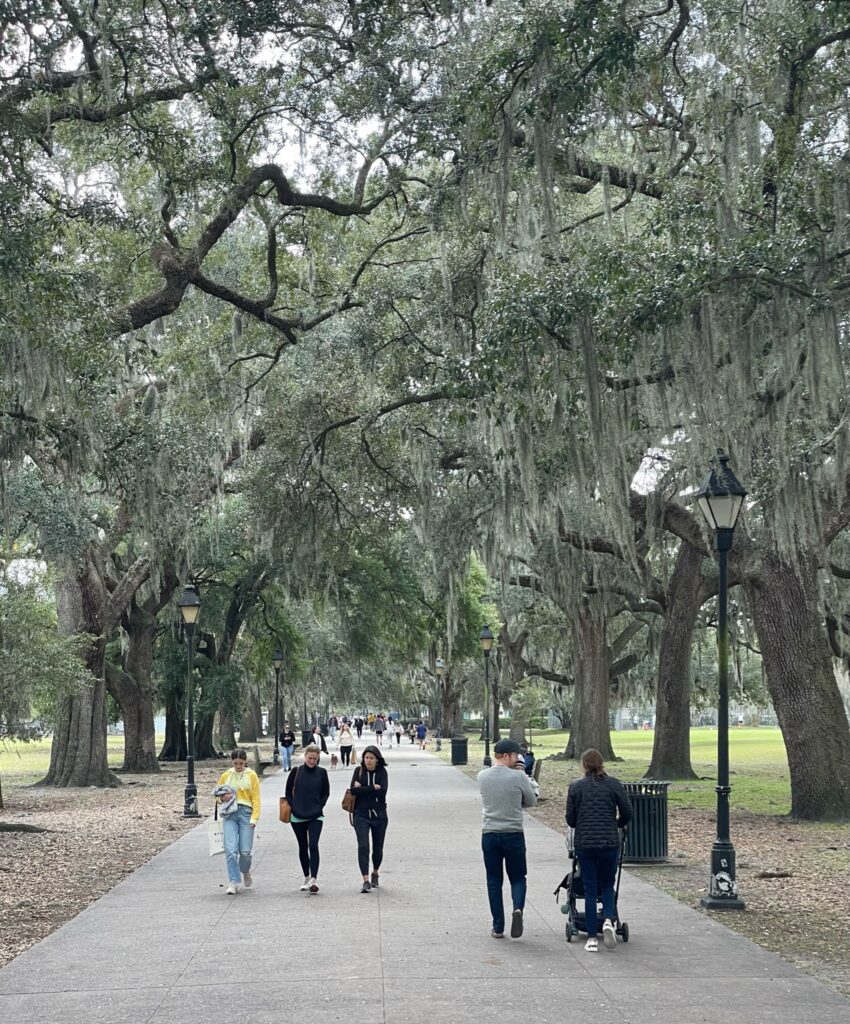
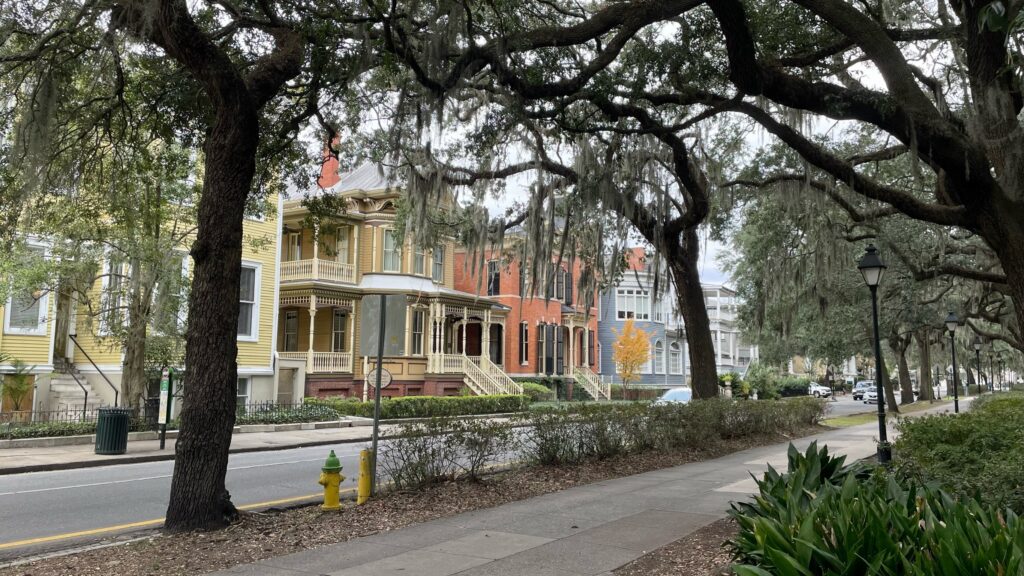
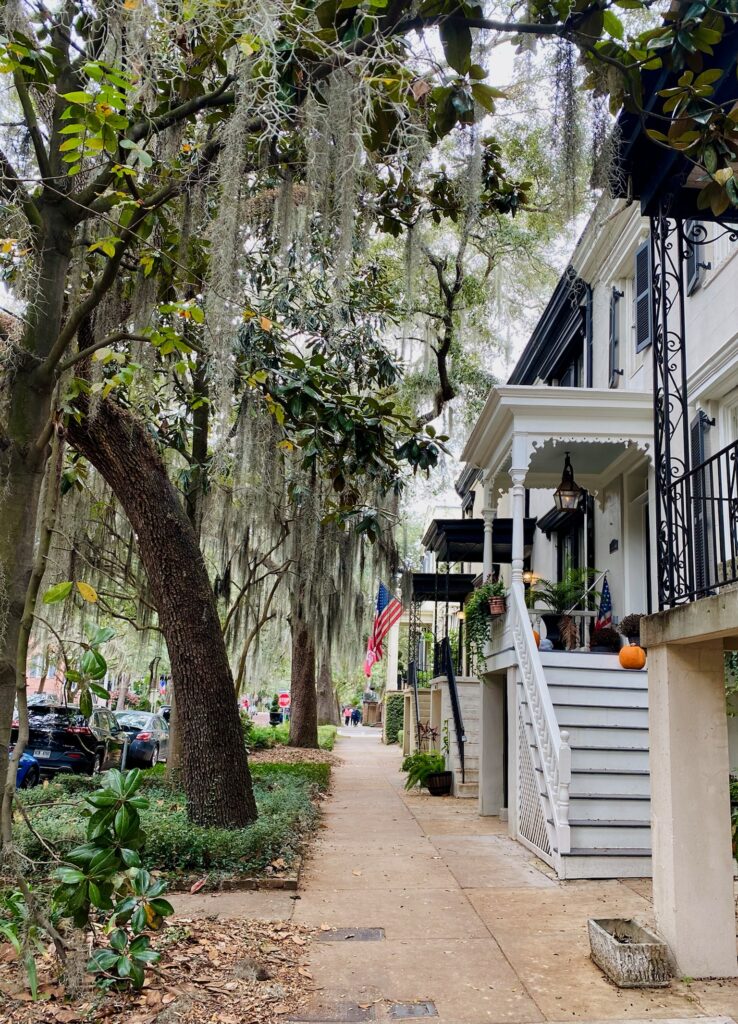
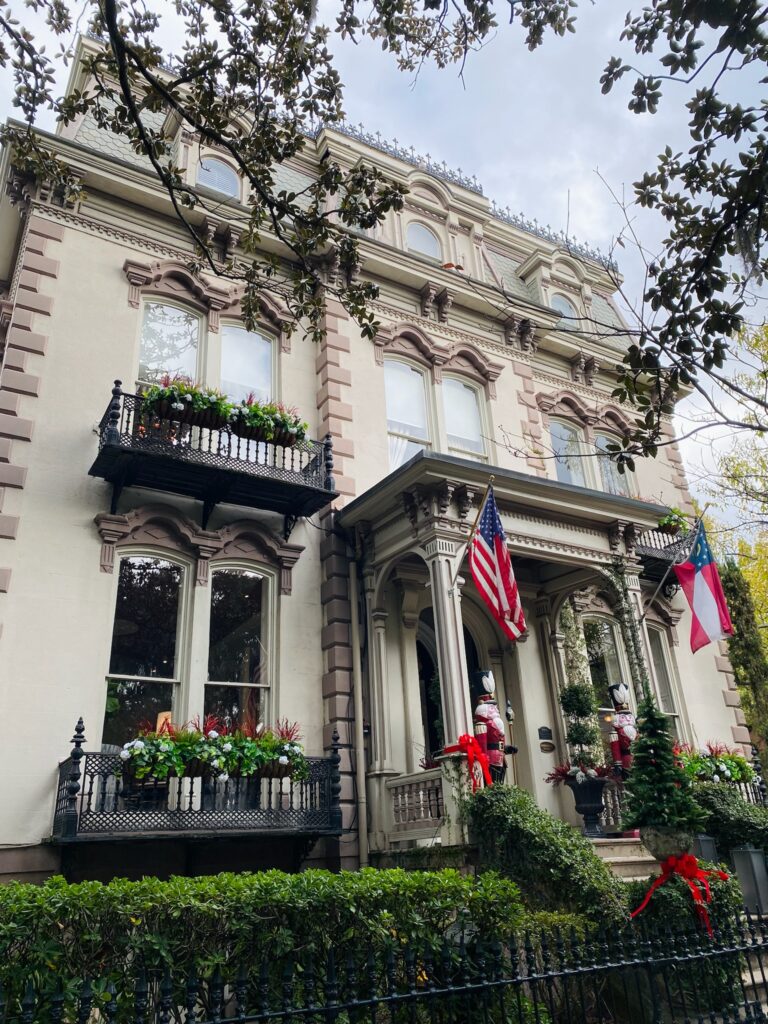
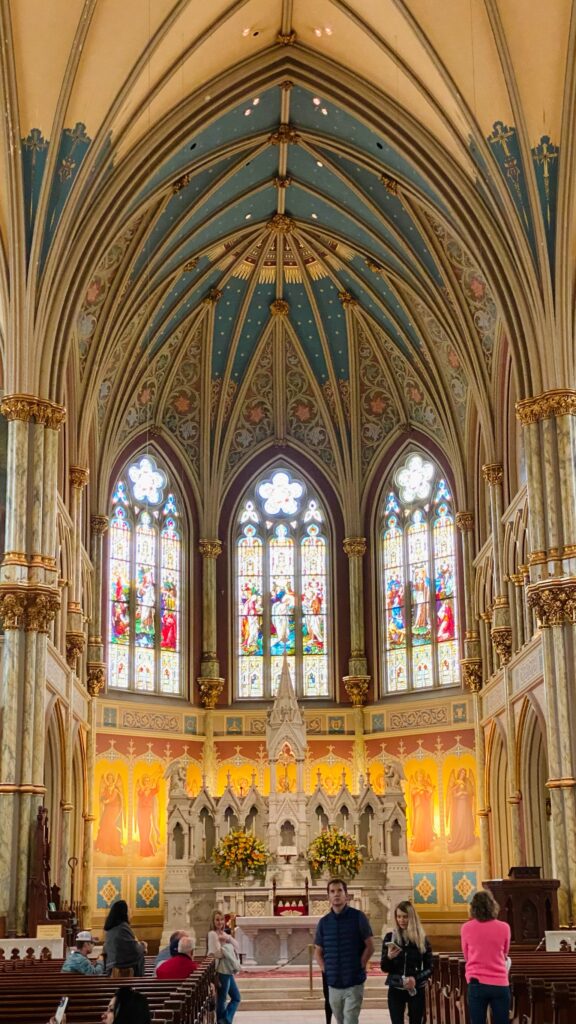

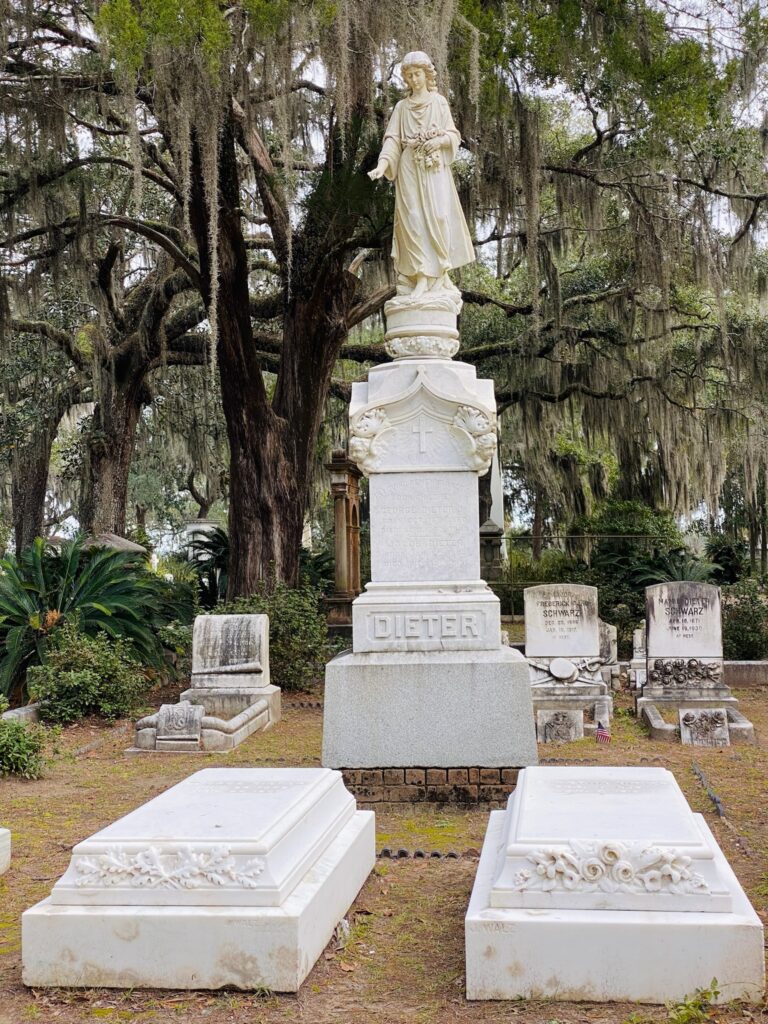
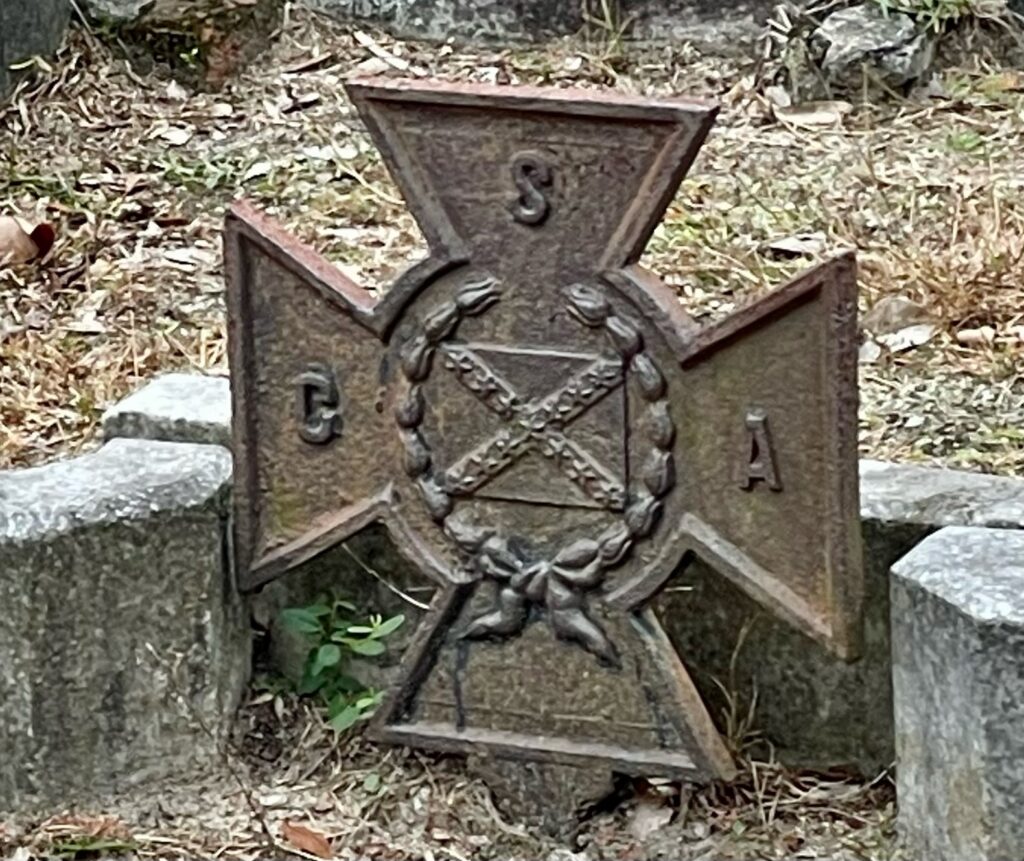

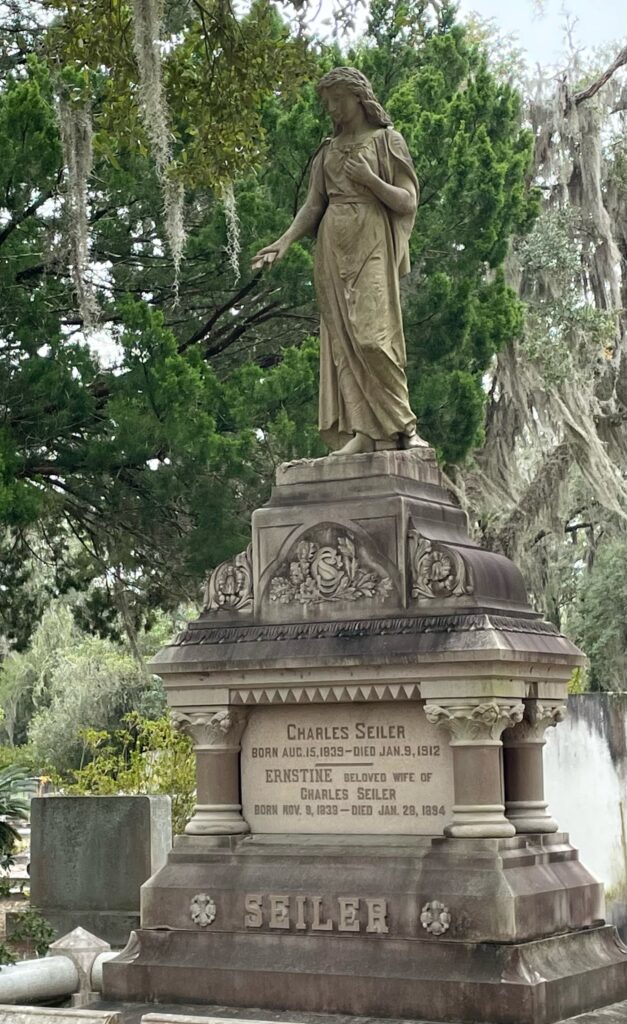
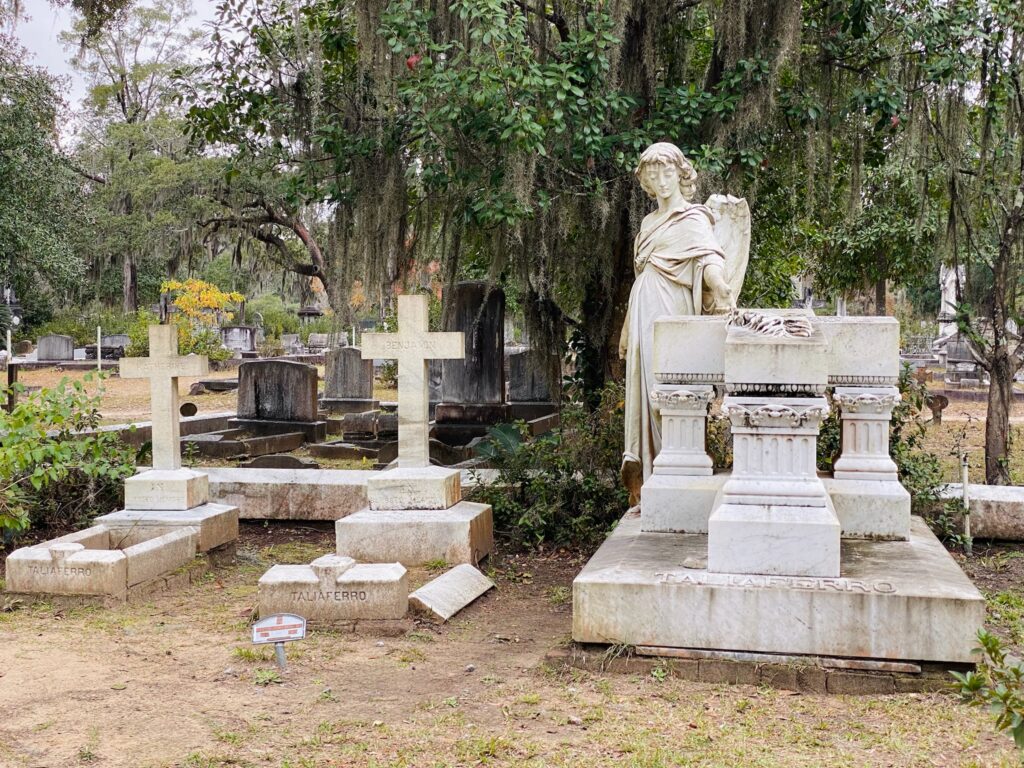
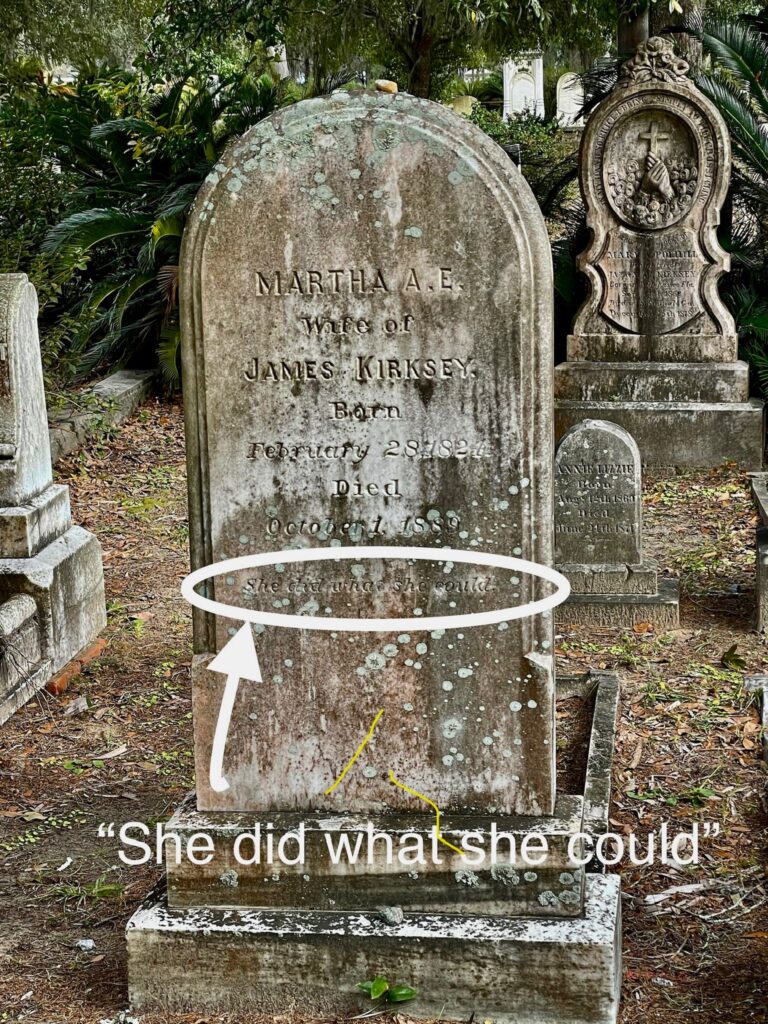
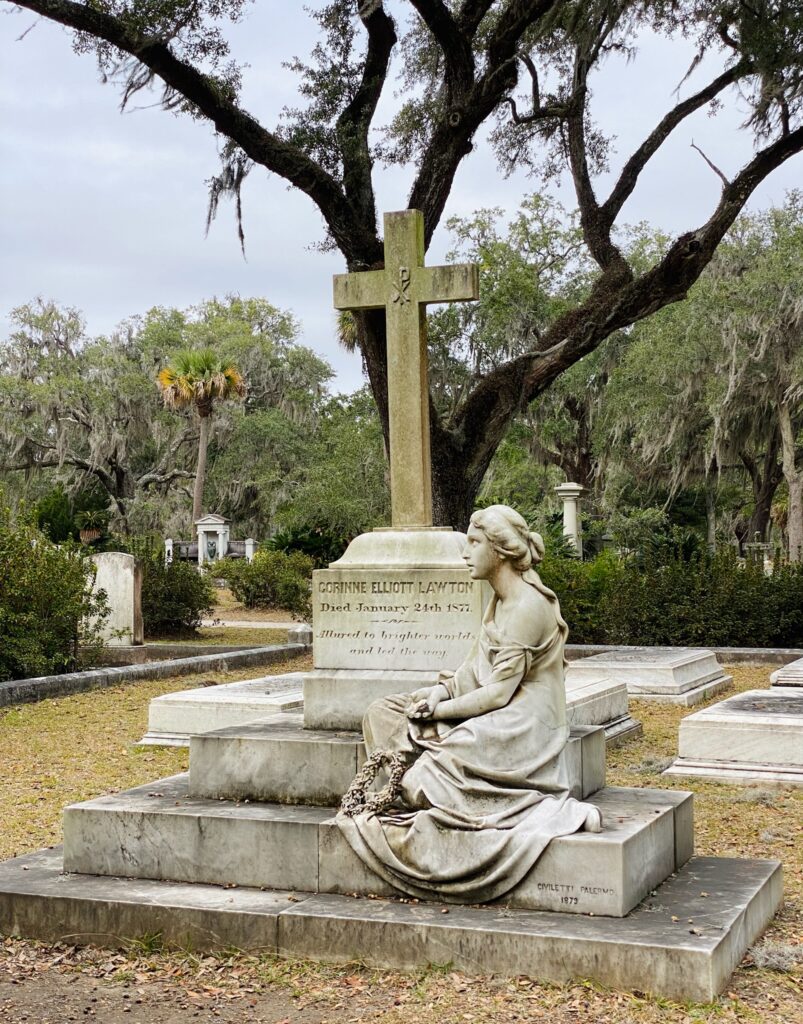
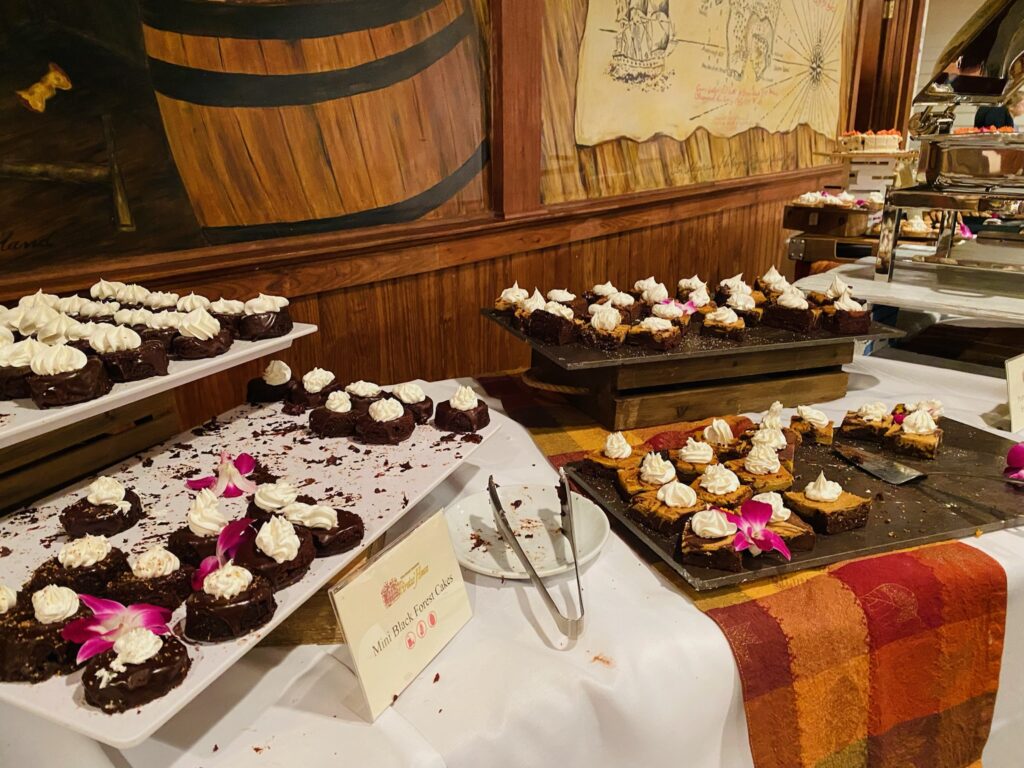
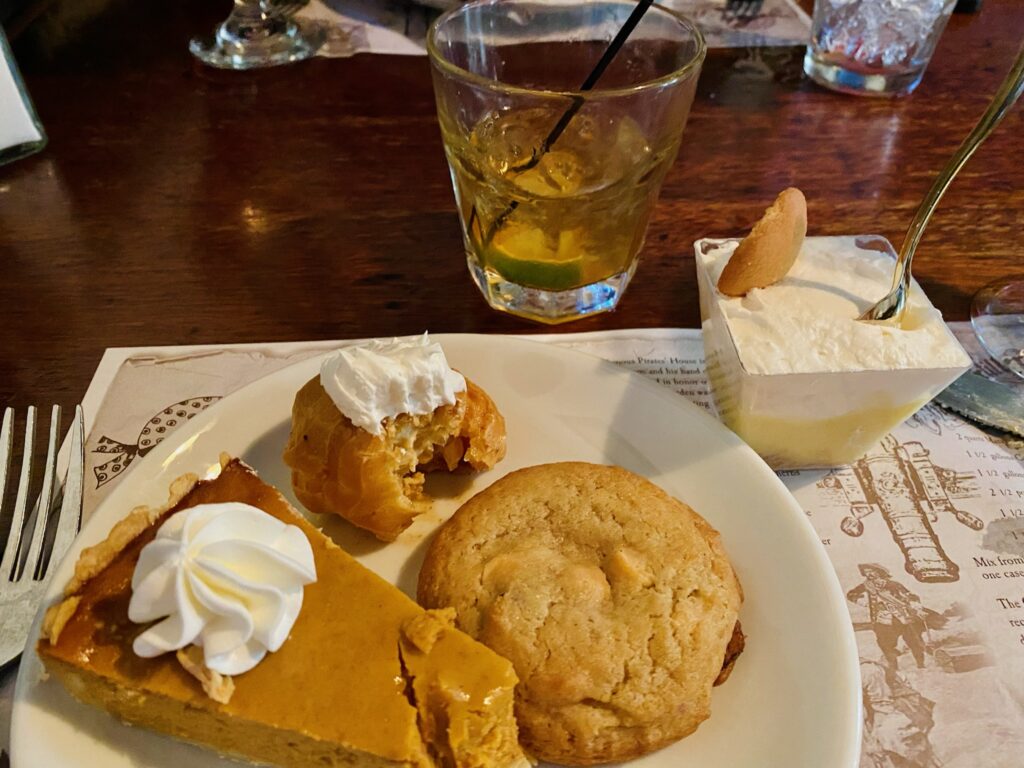
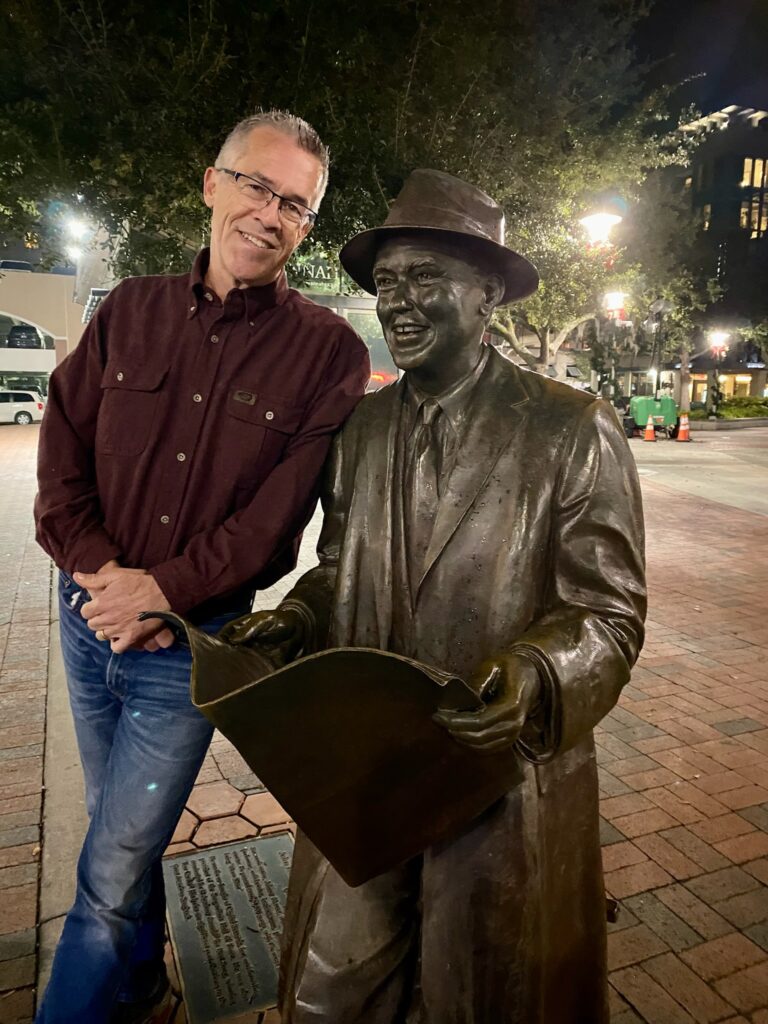
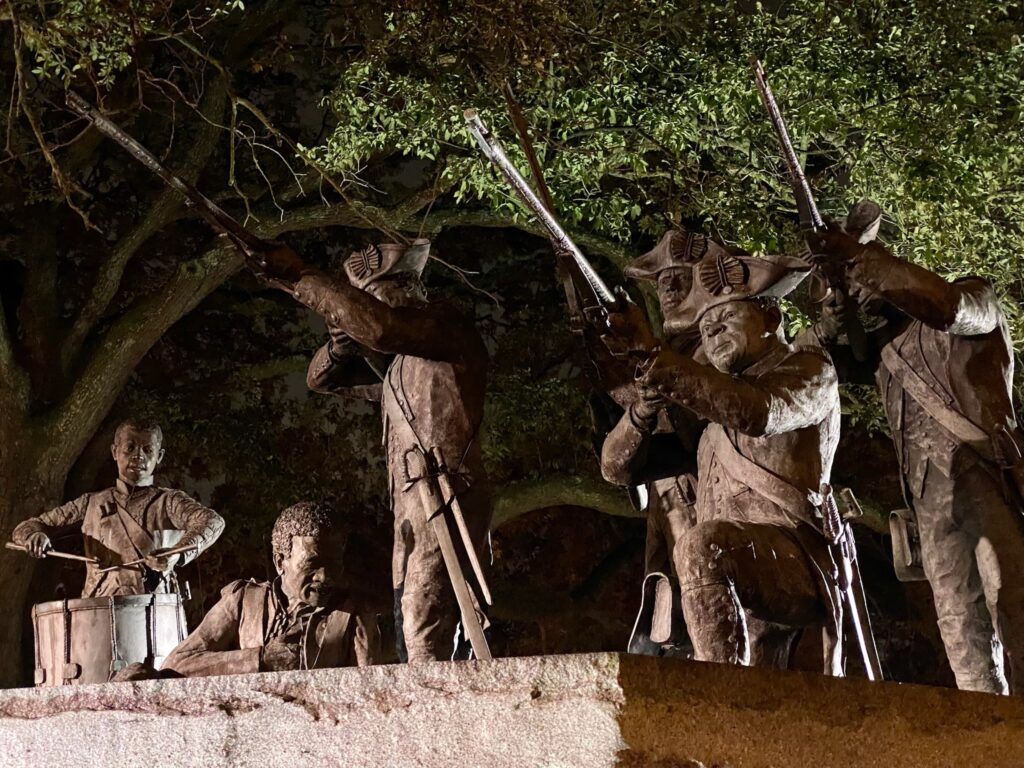
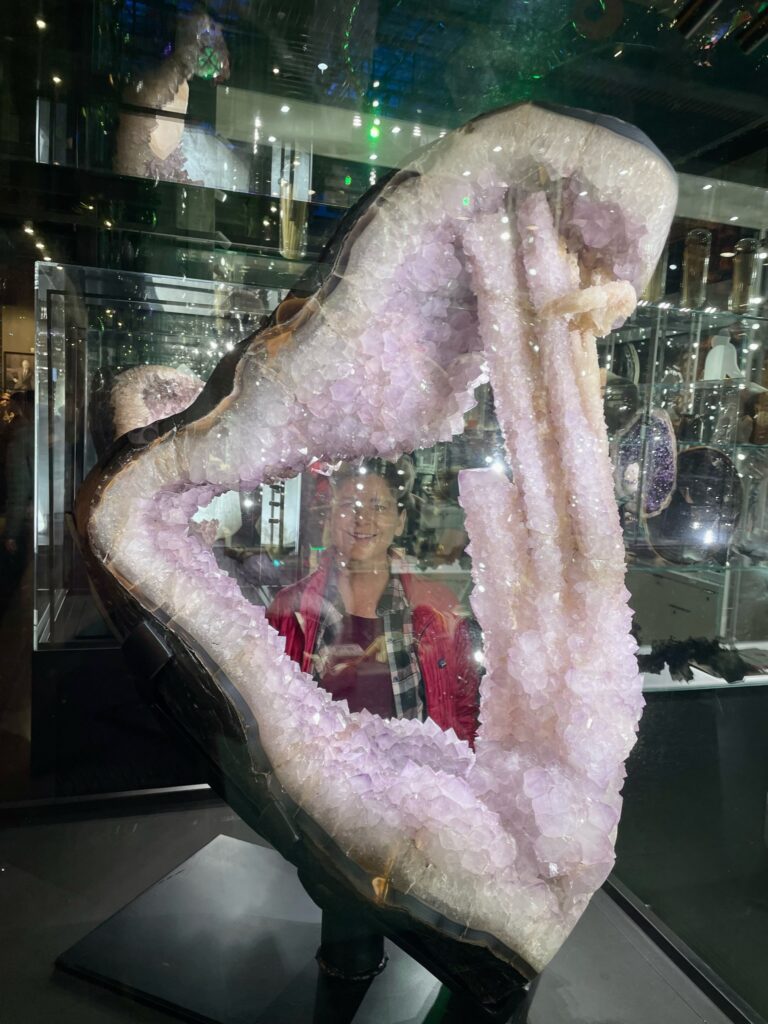
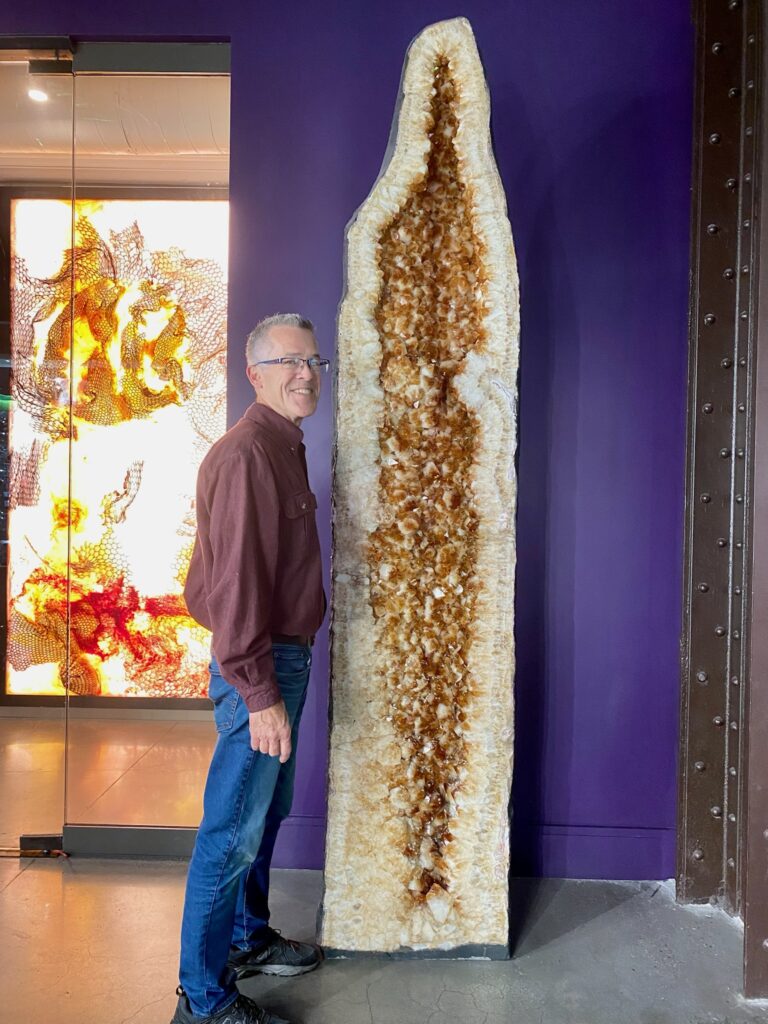
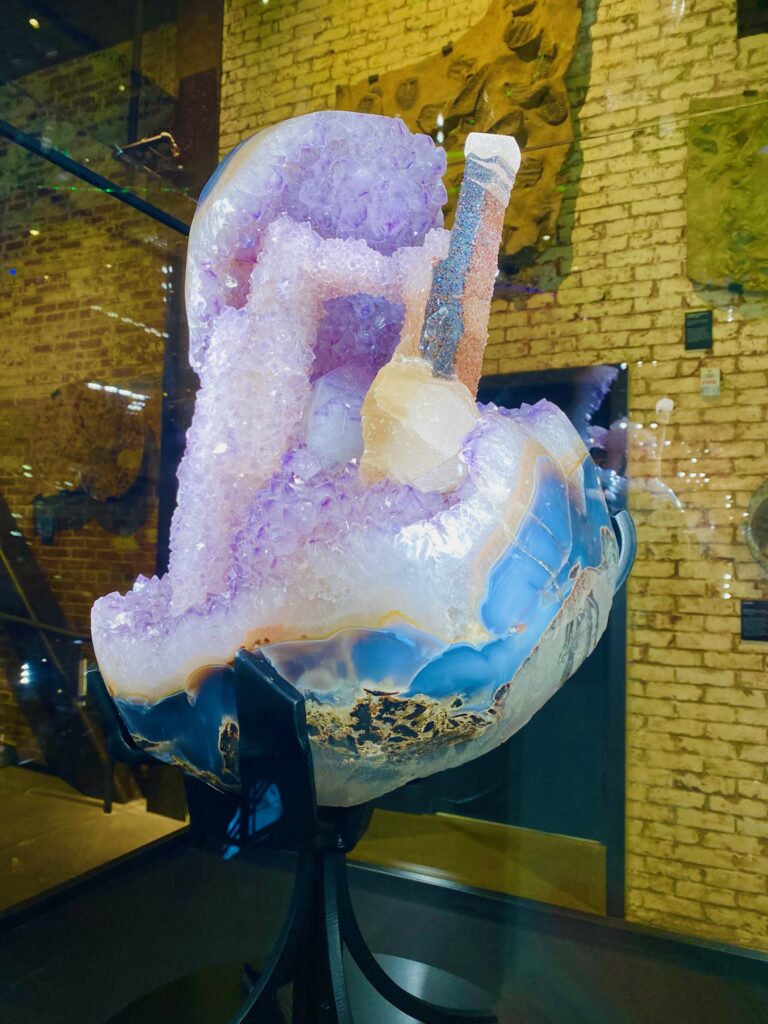
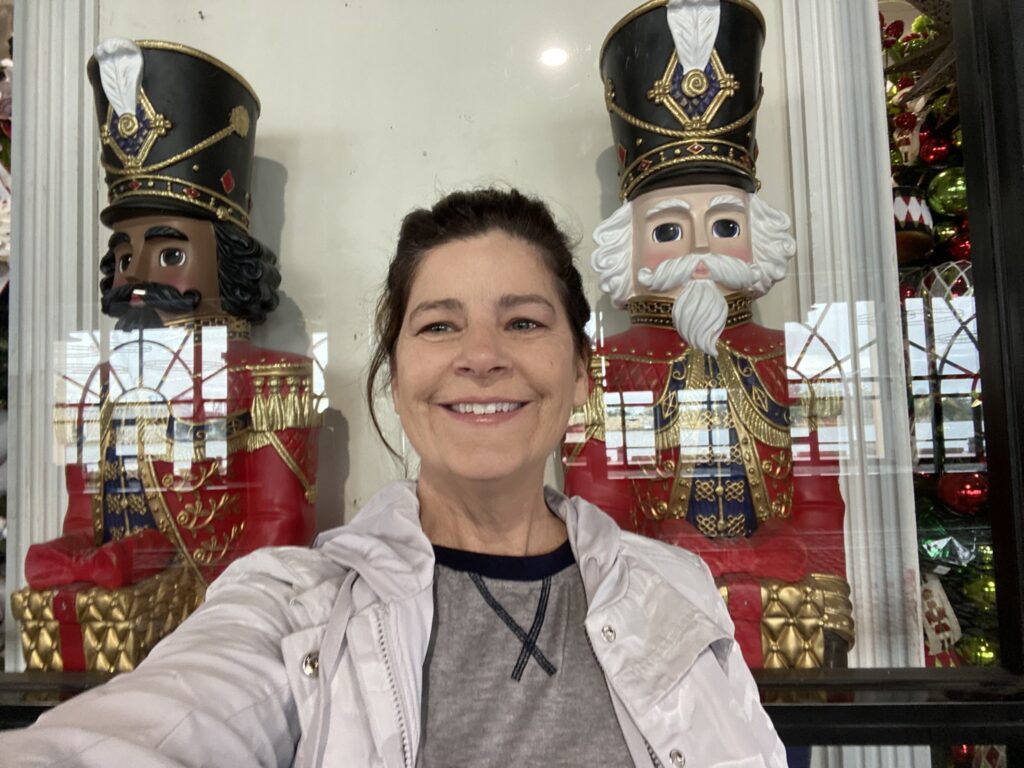
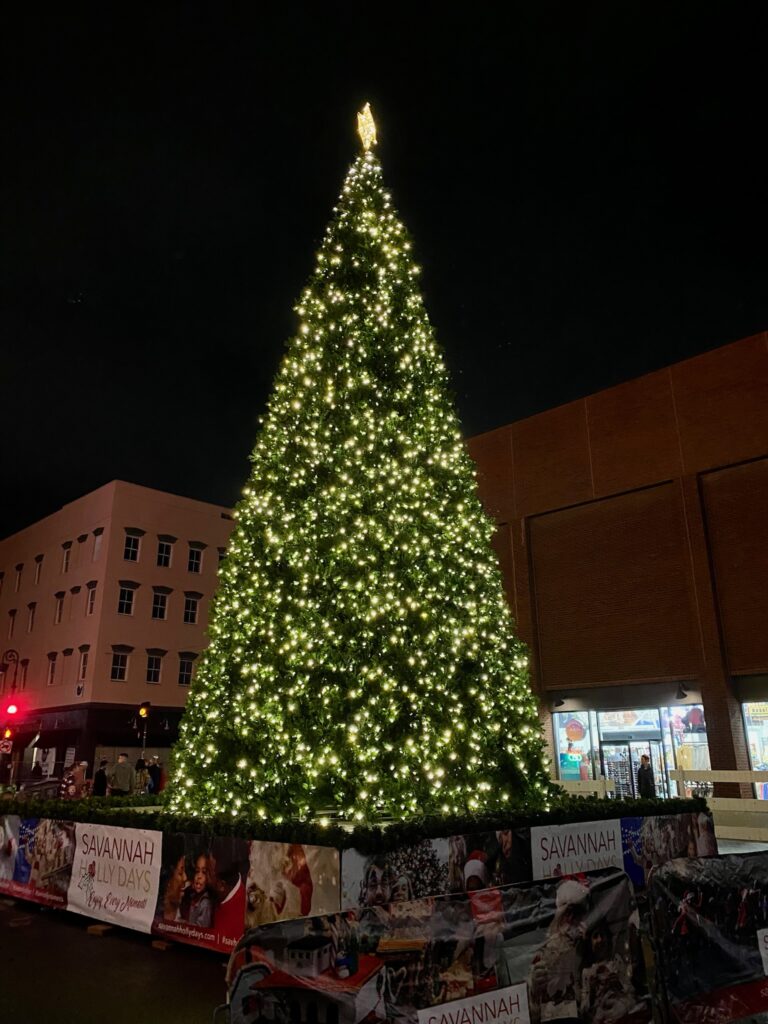

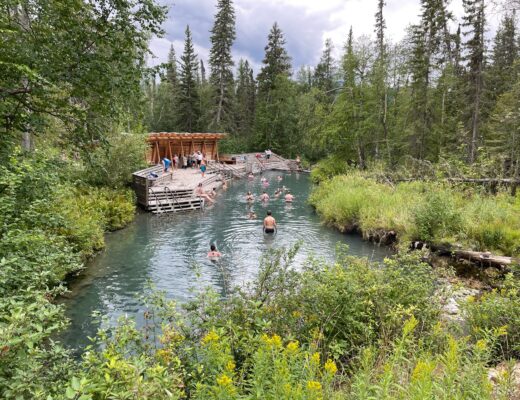
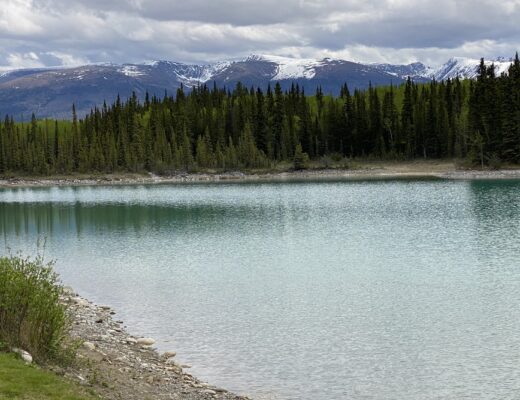
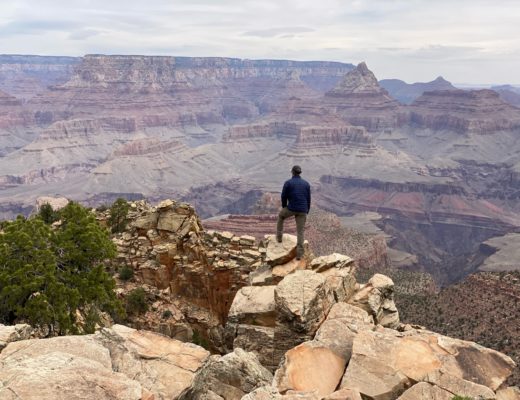








 Did you know that the oldest and largest aviati
Did you know that the oldest and largest aviati








 #camphairdontcar
#camphairdontcar


